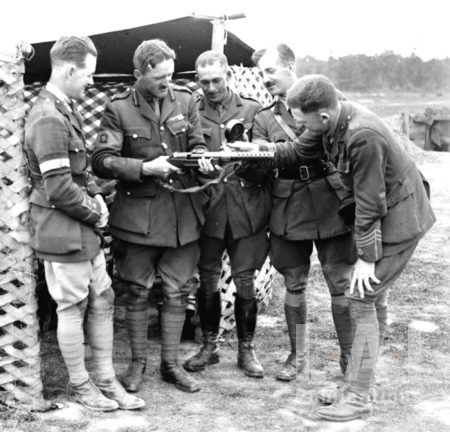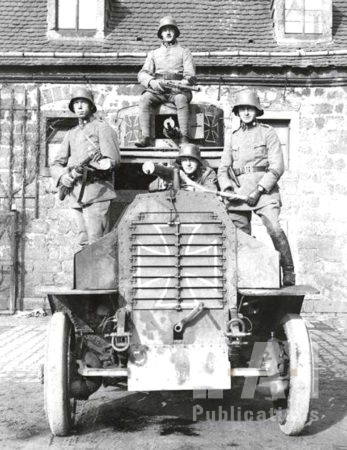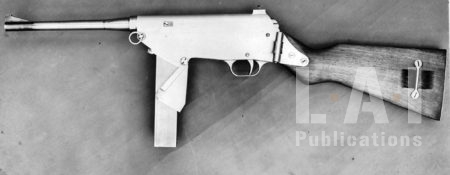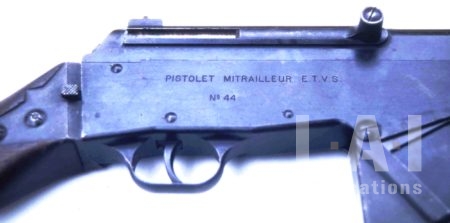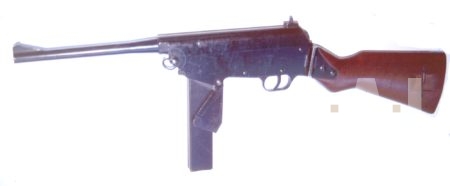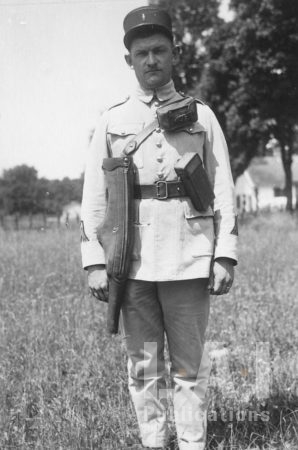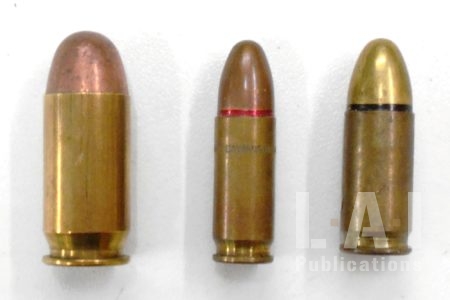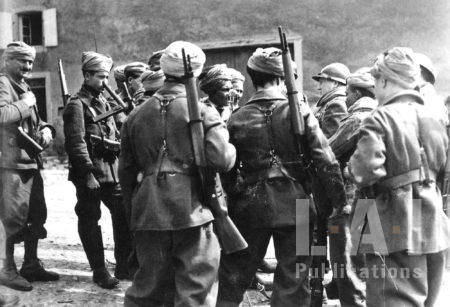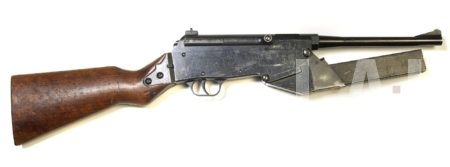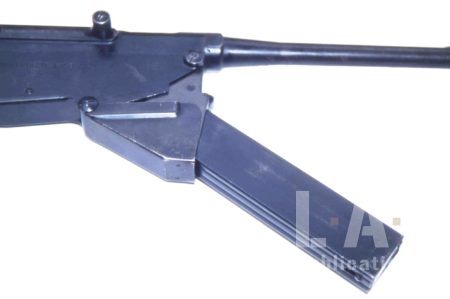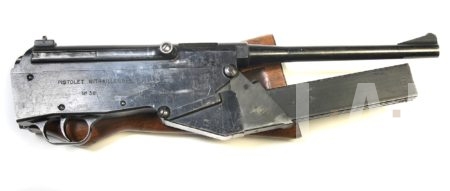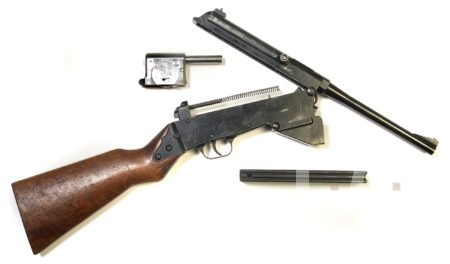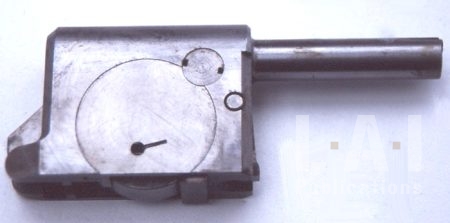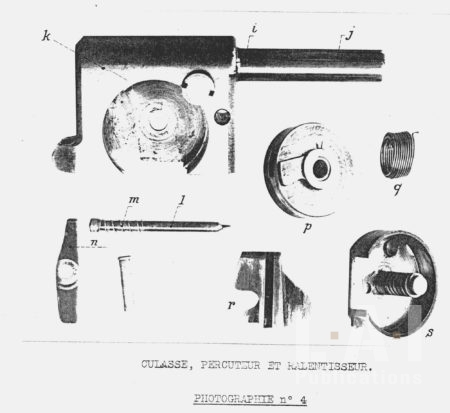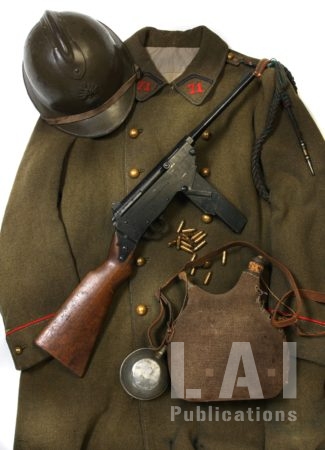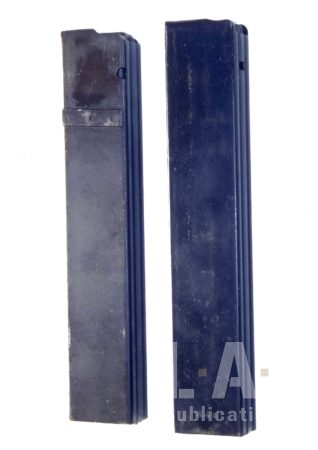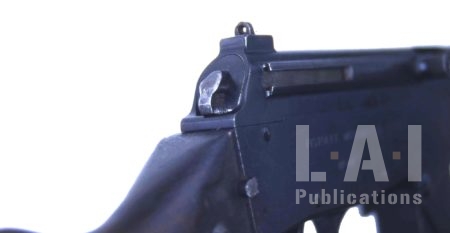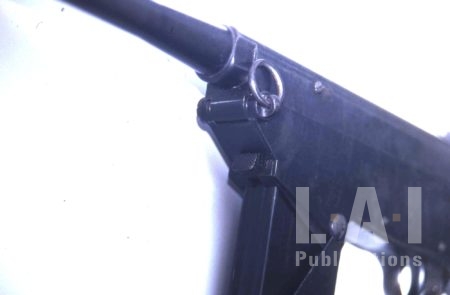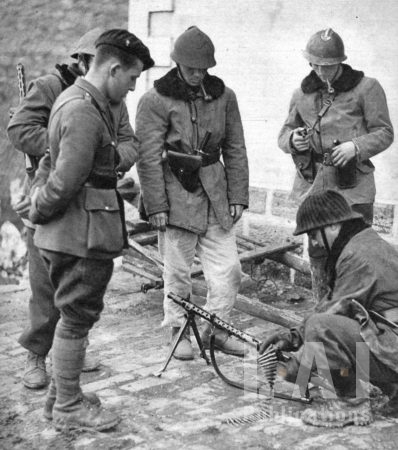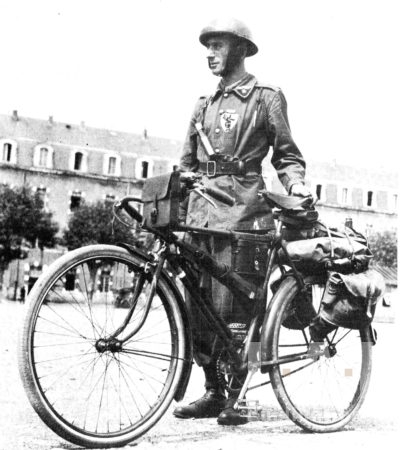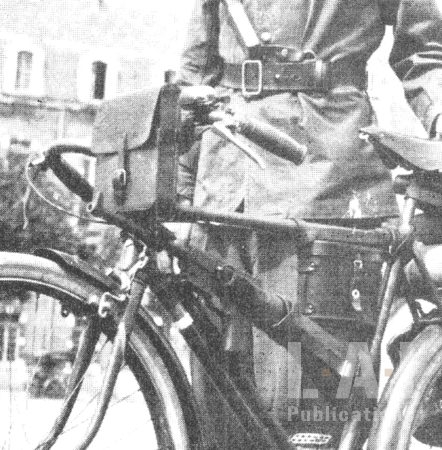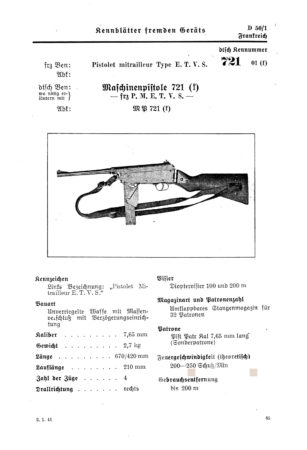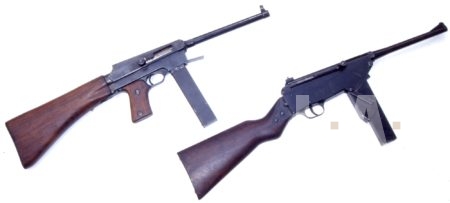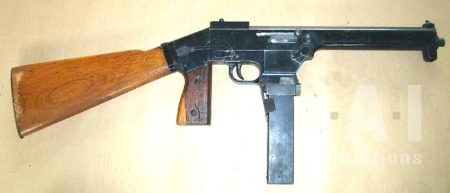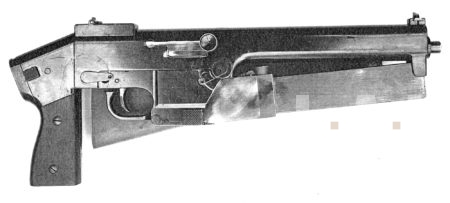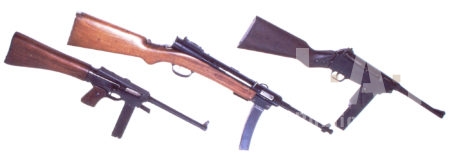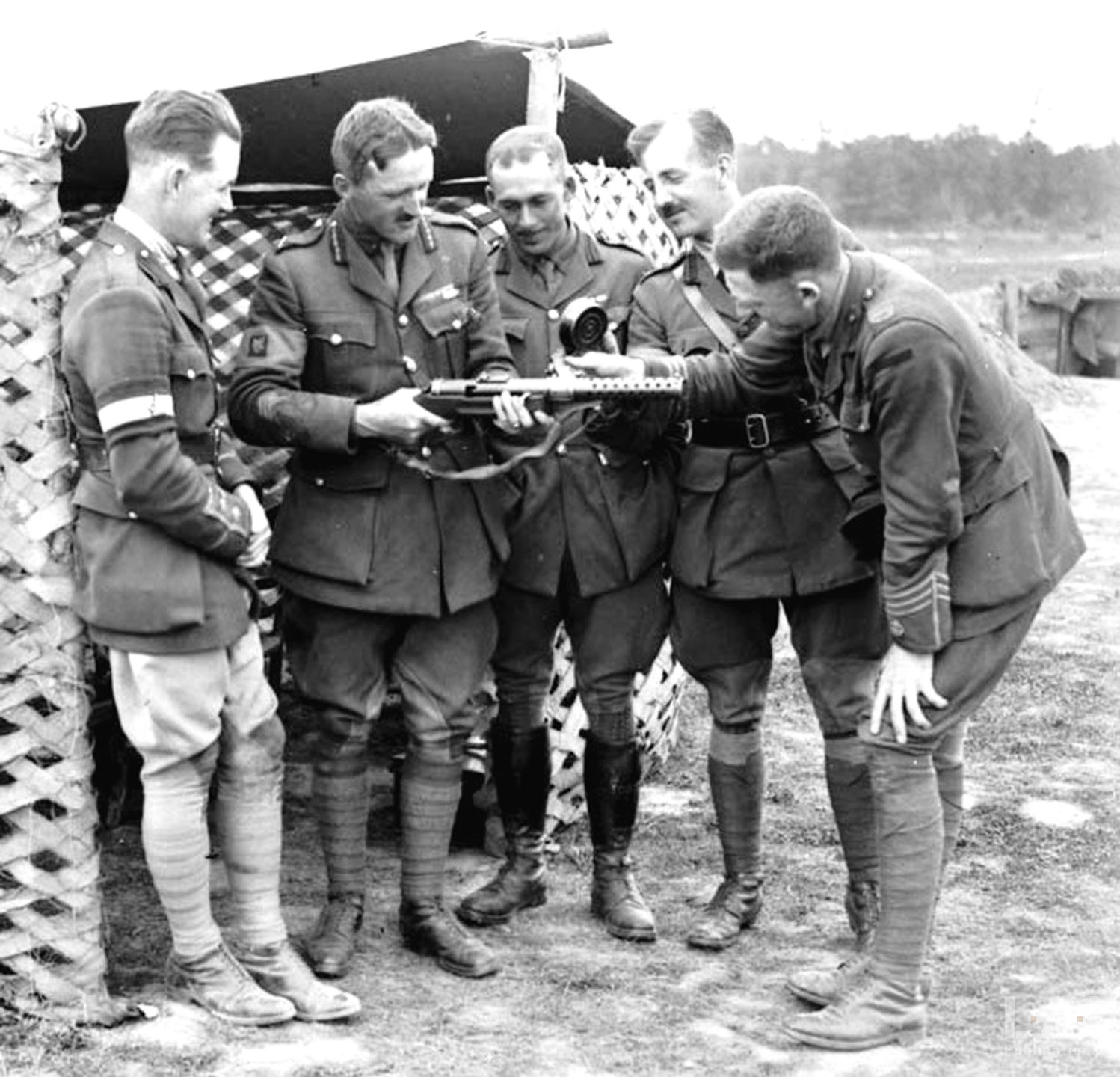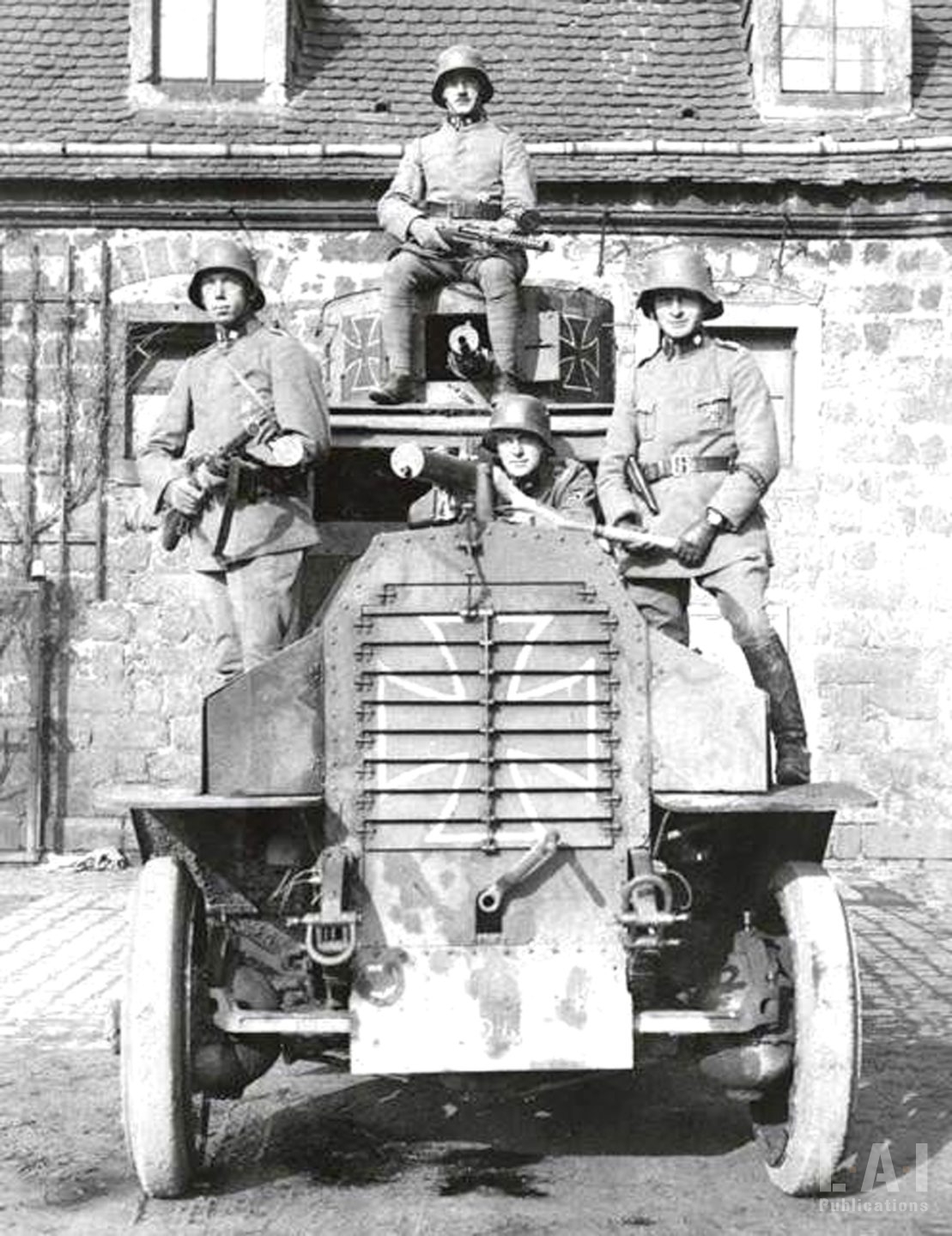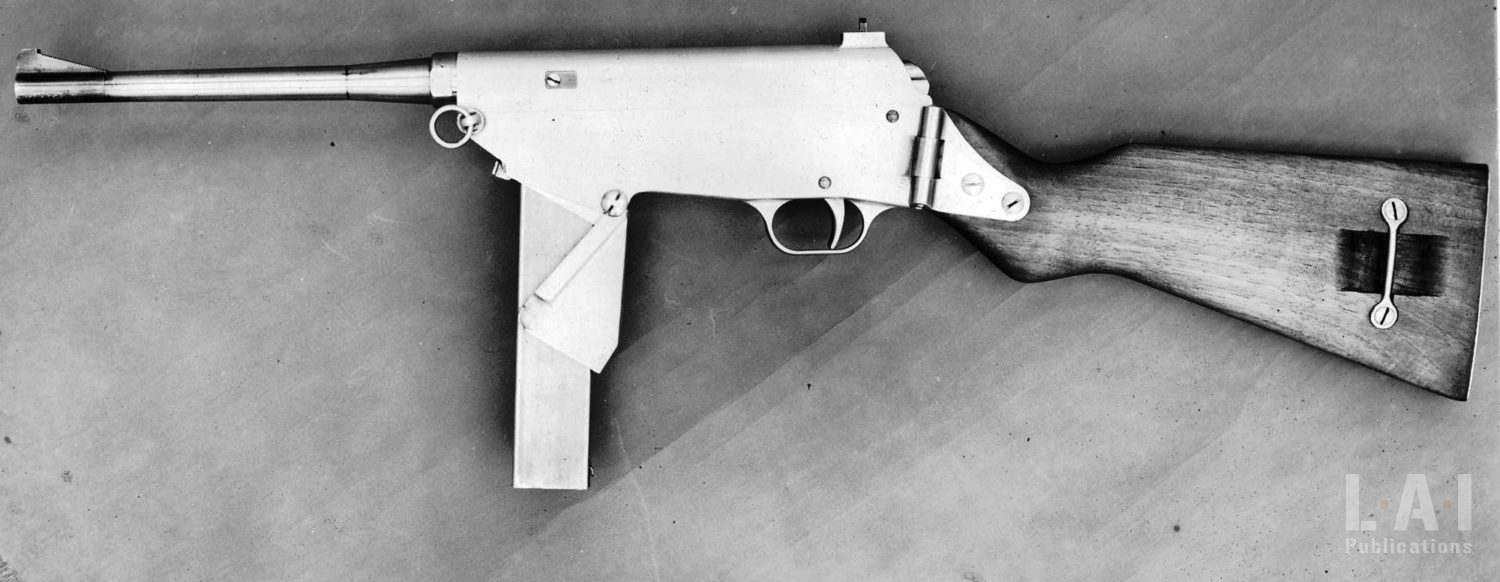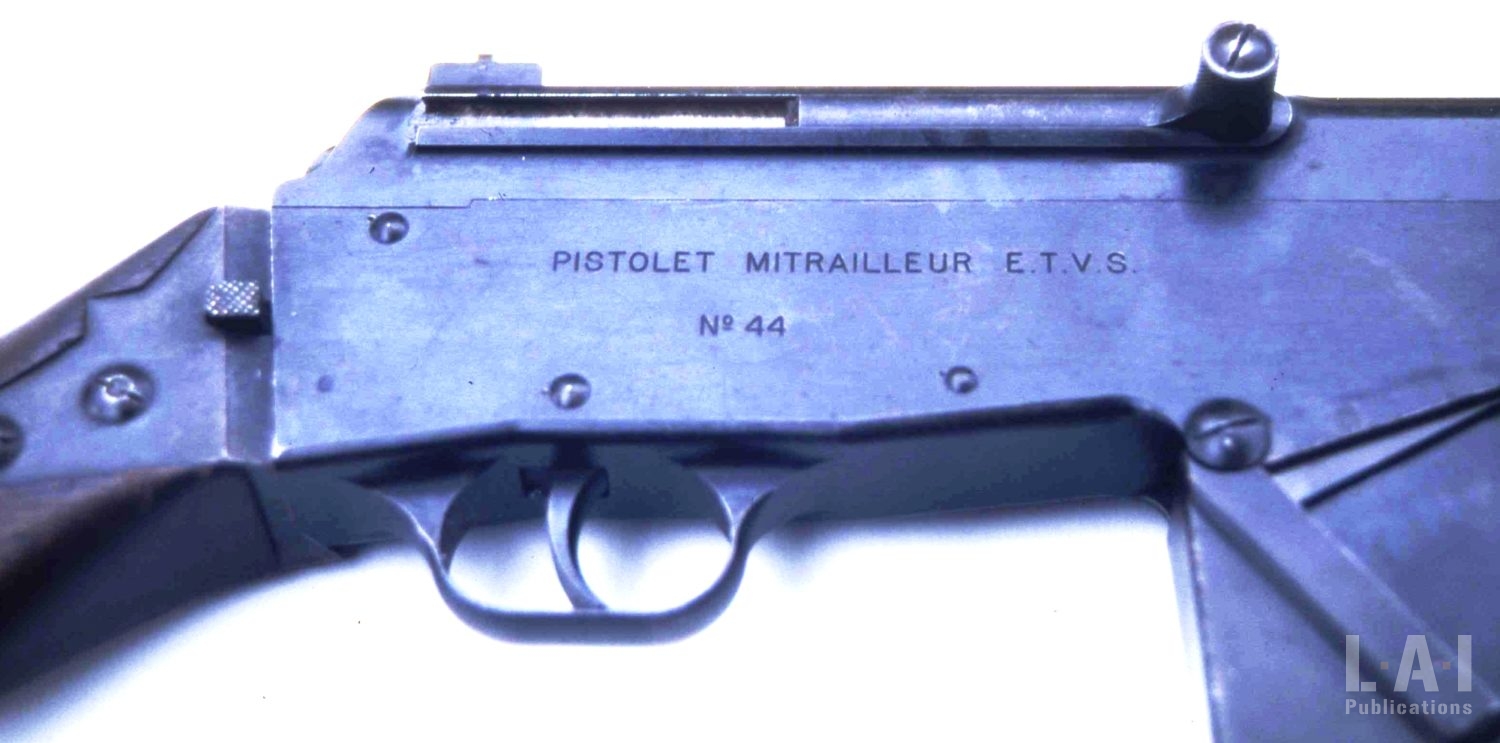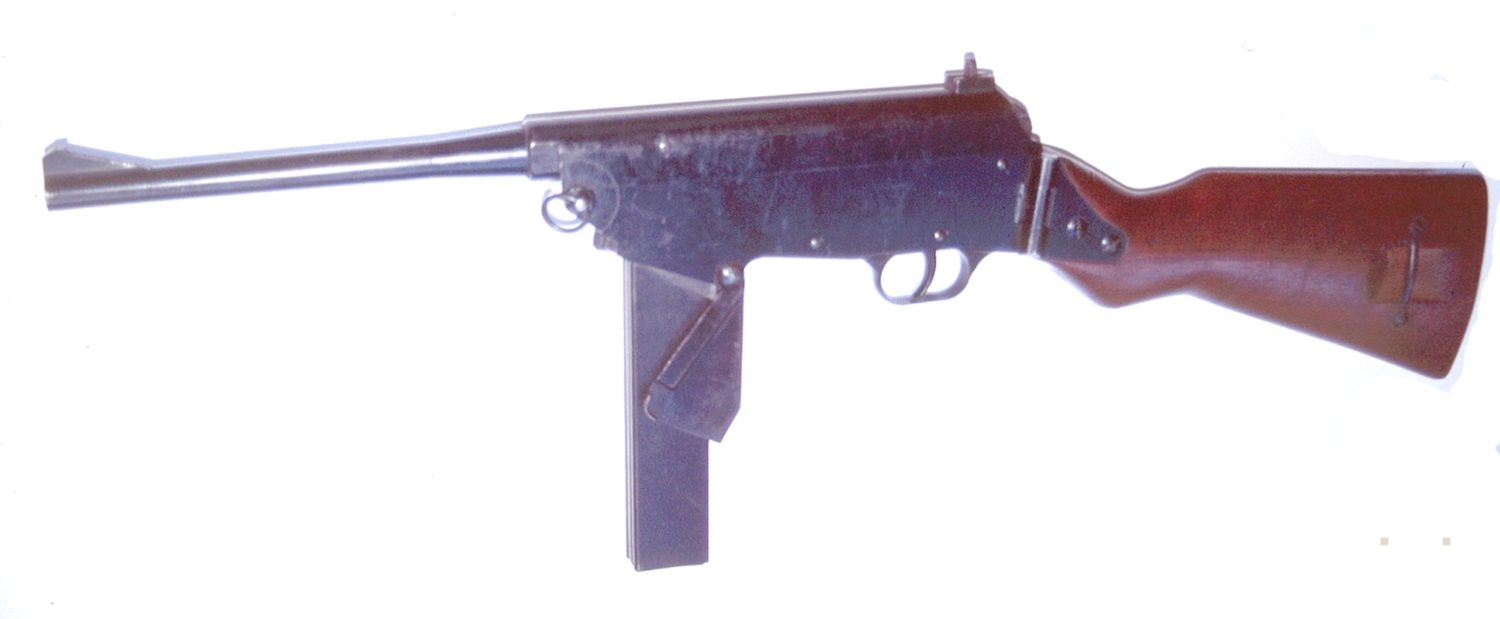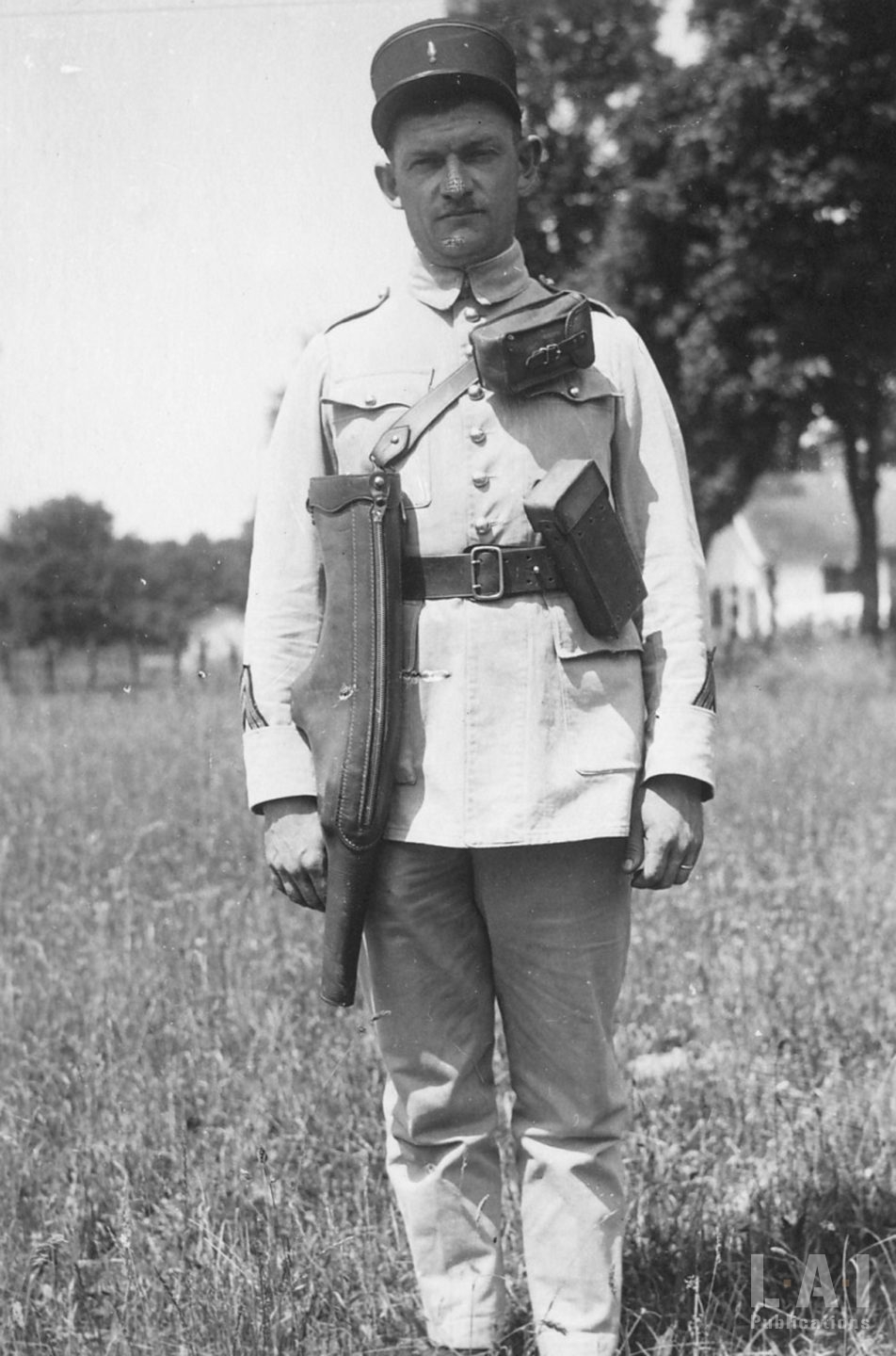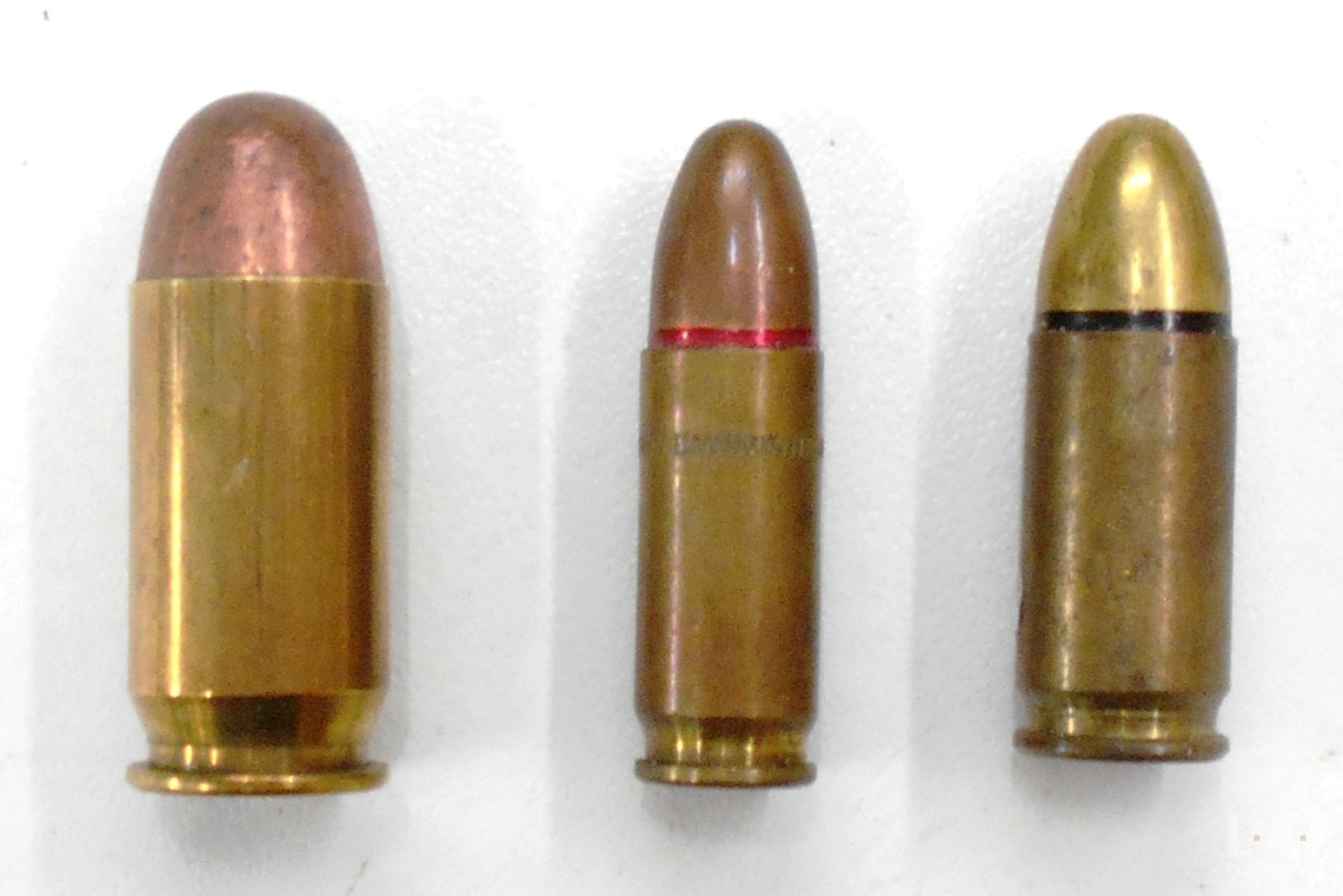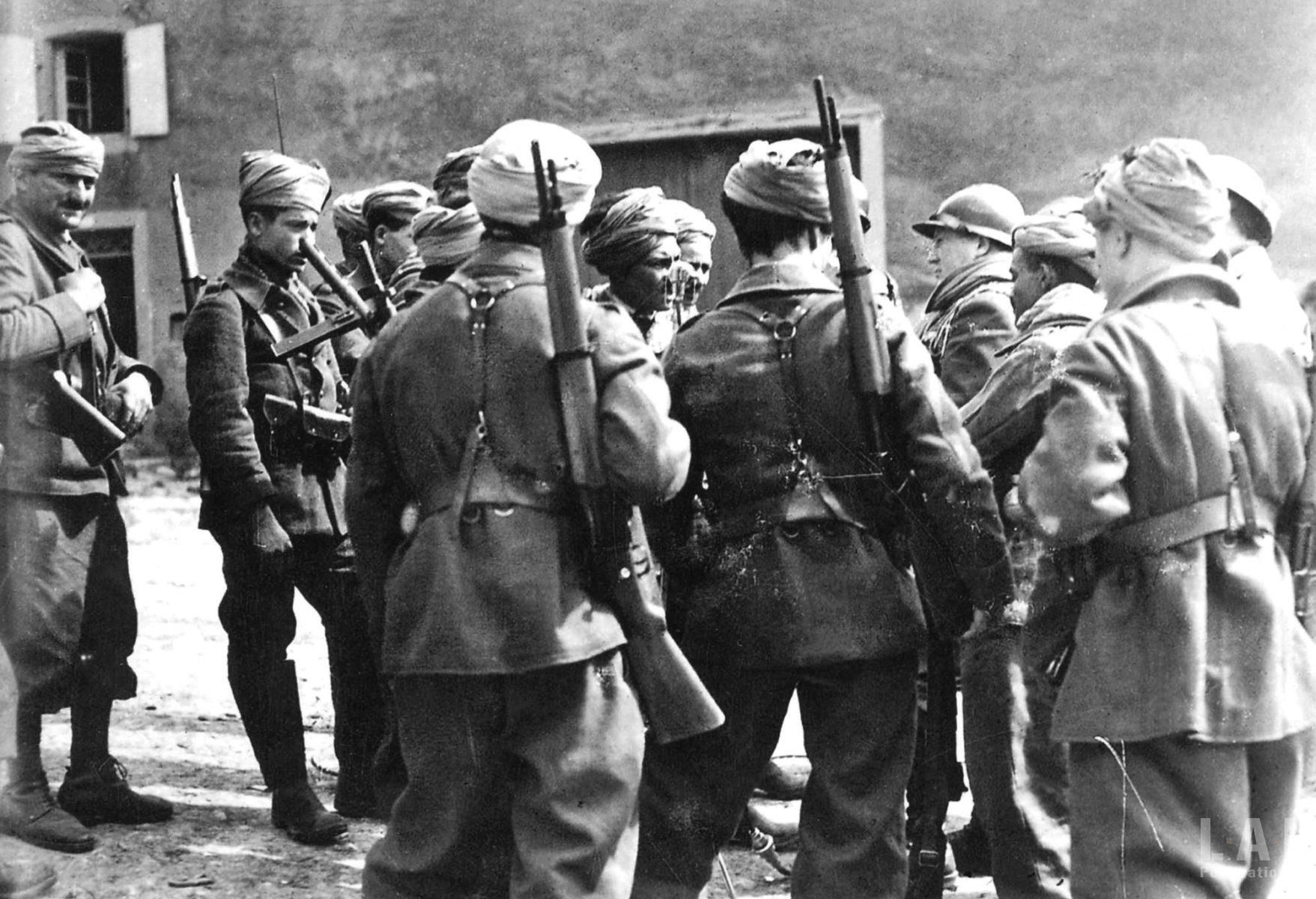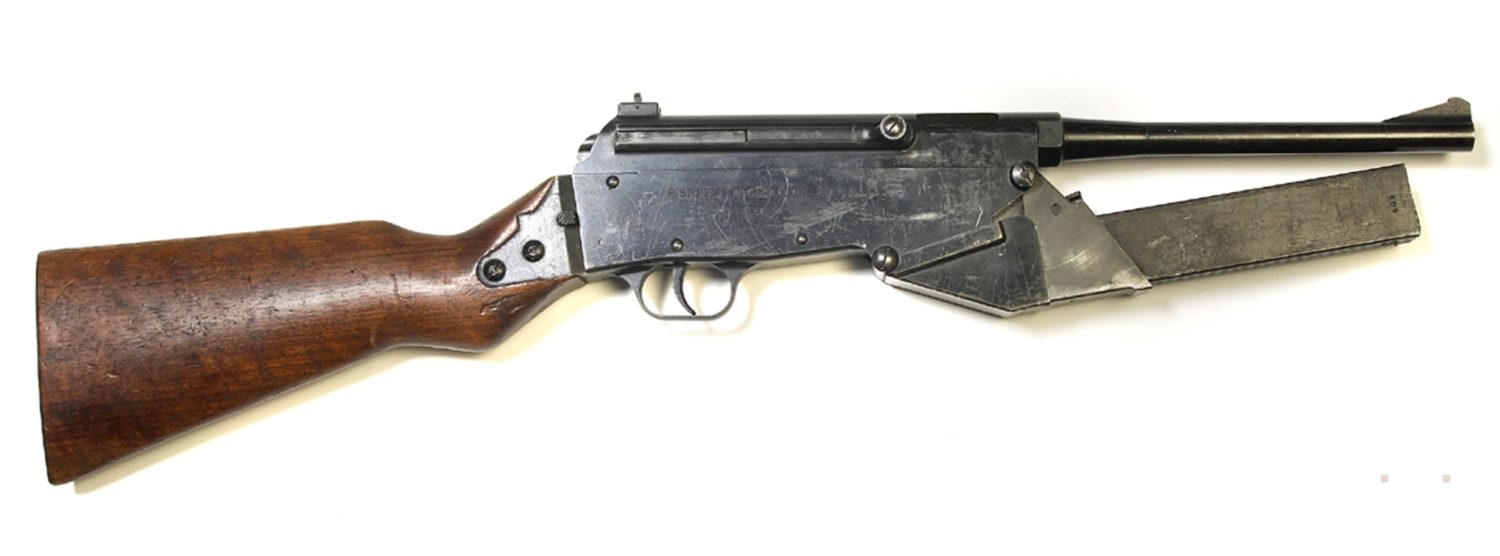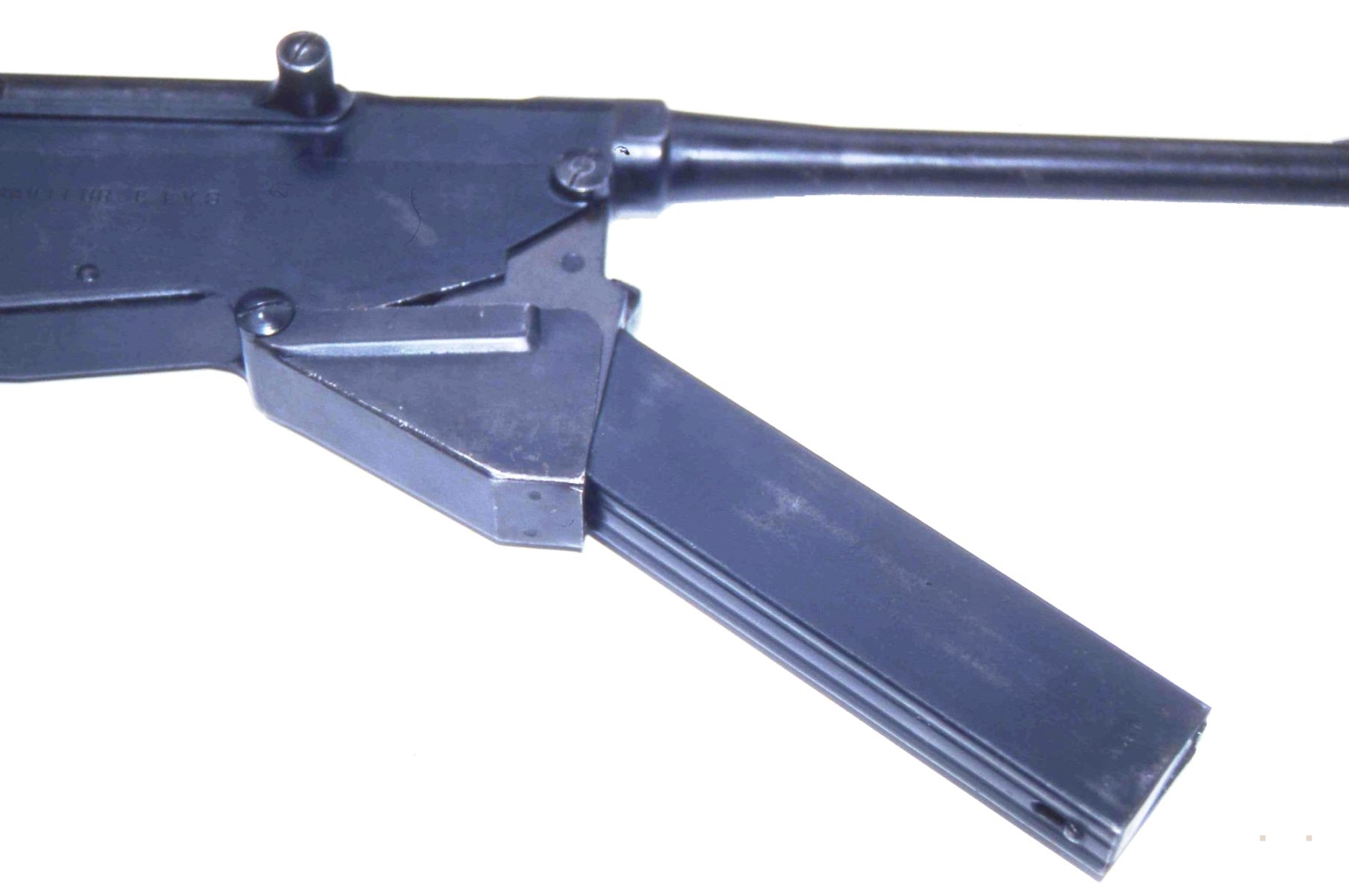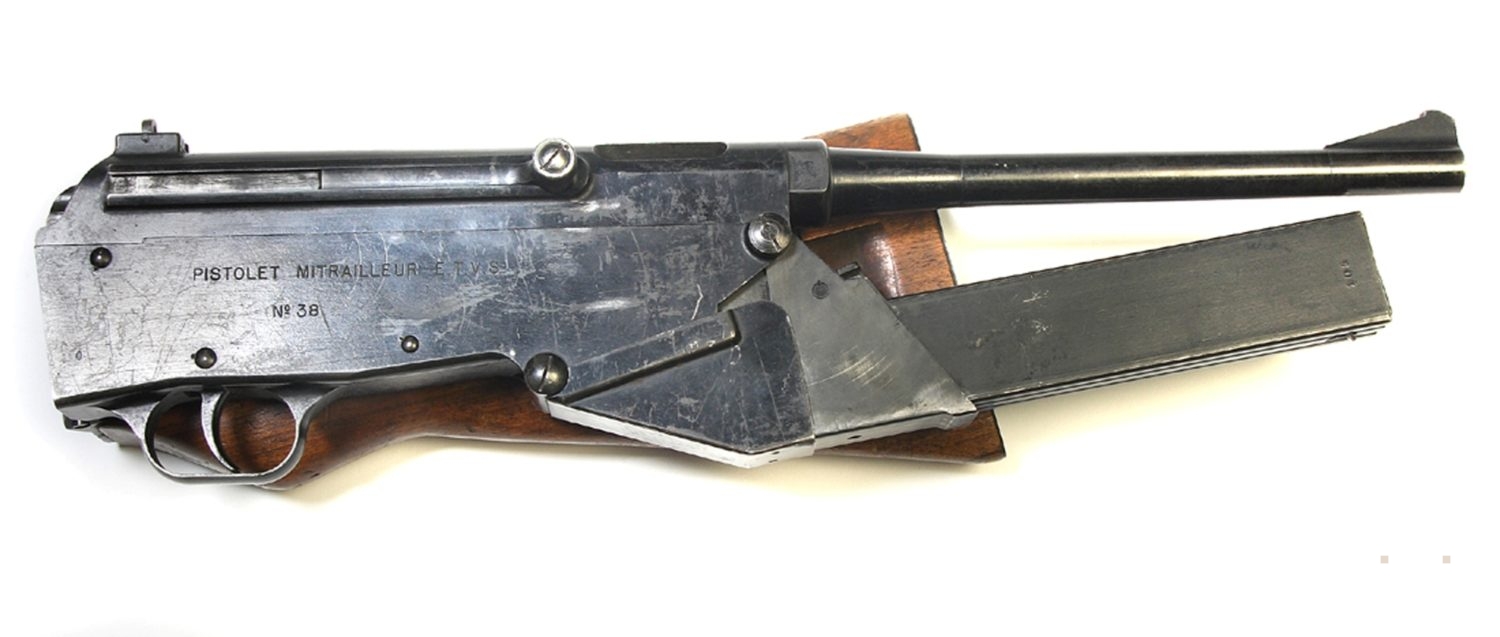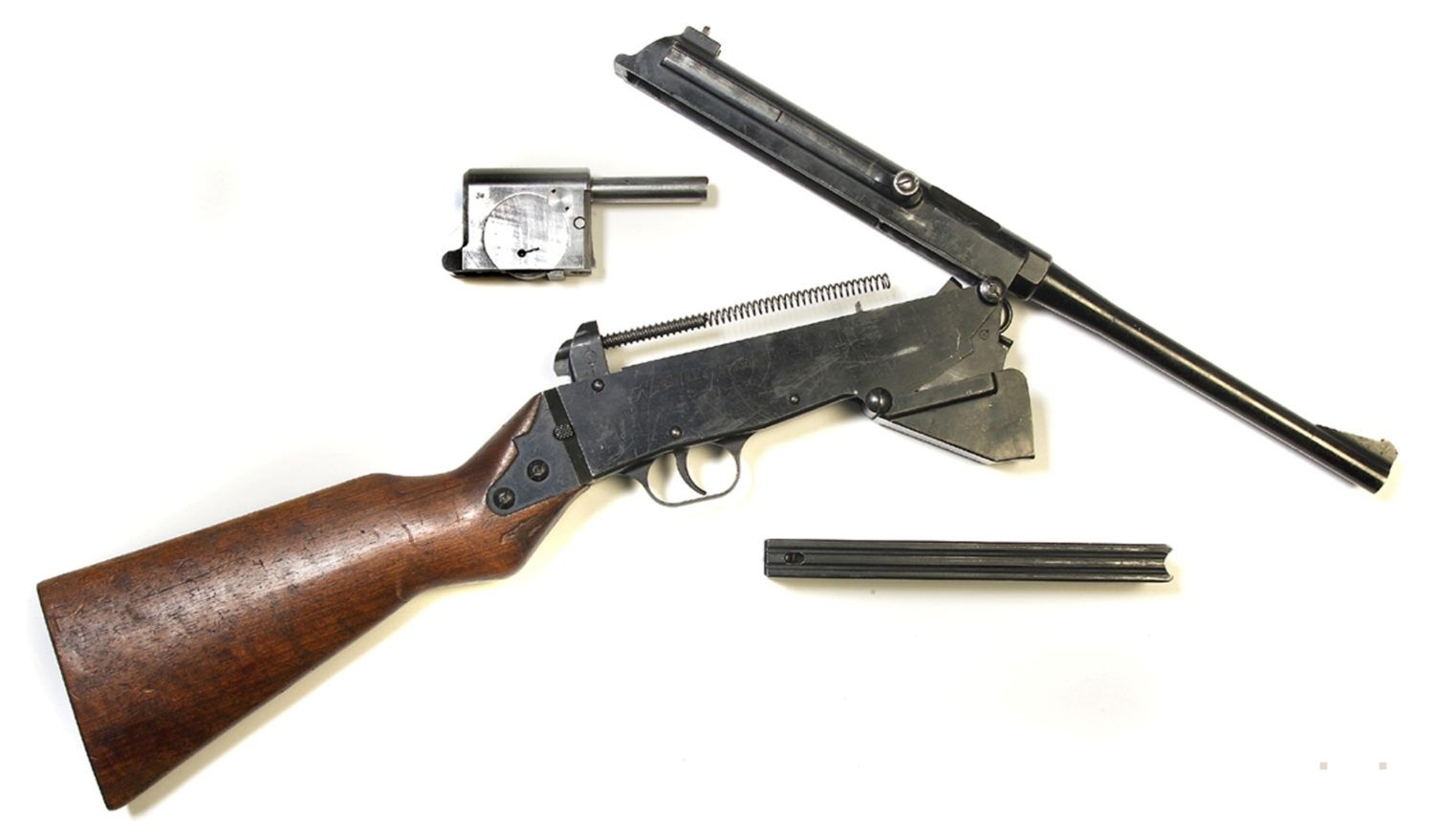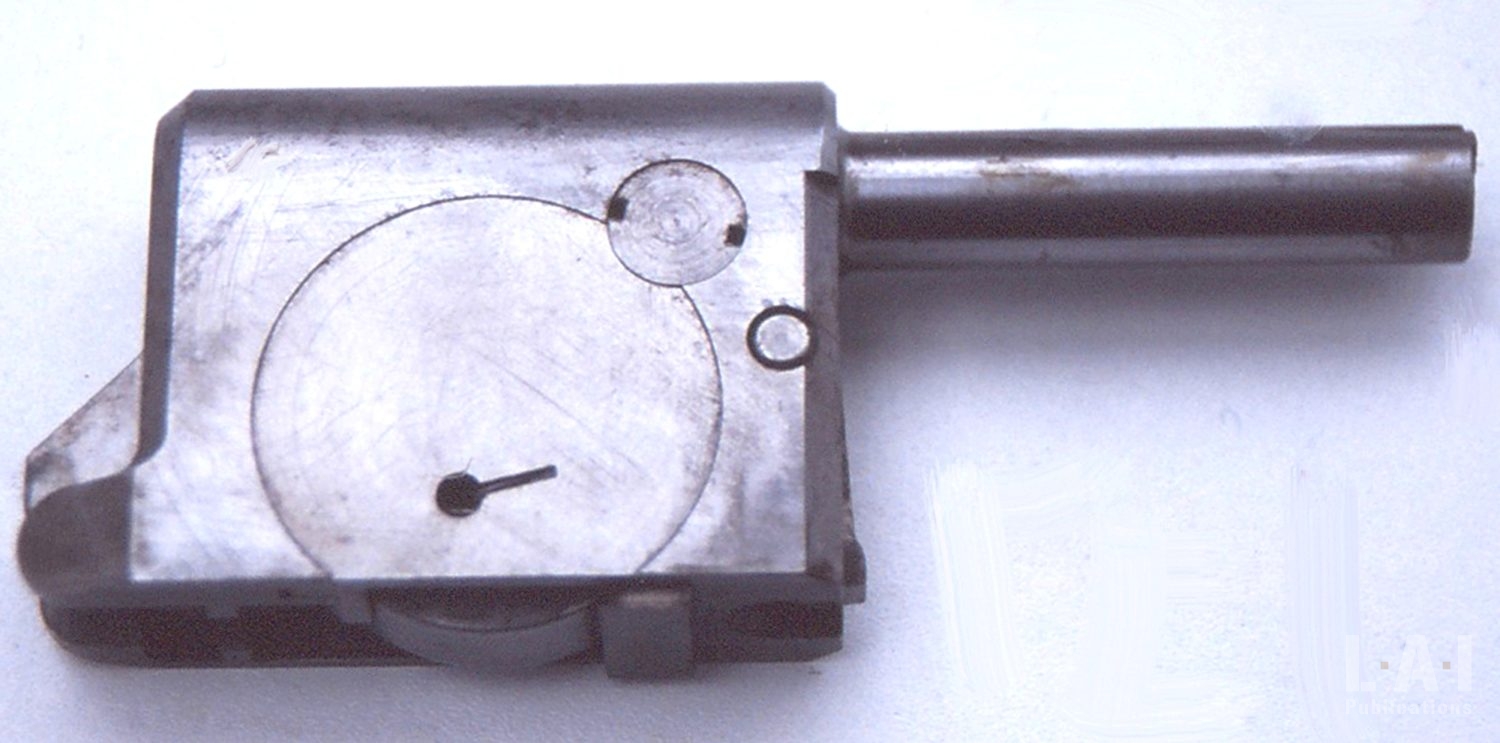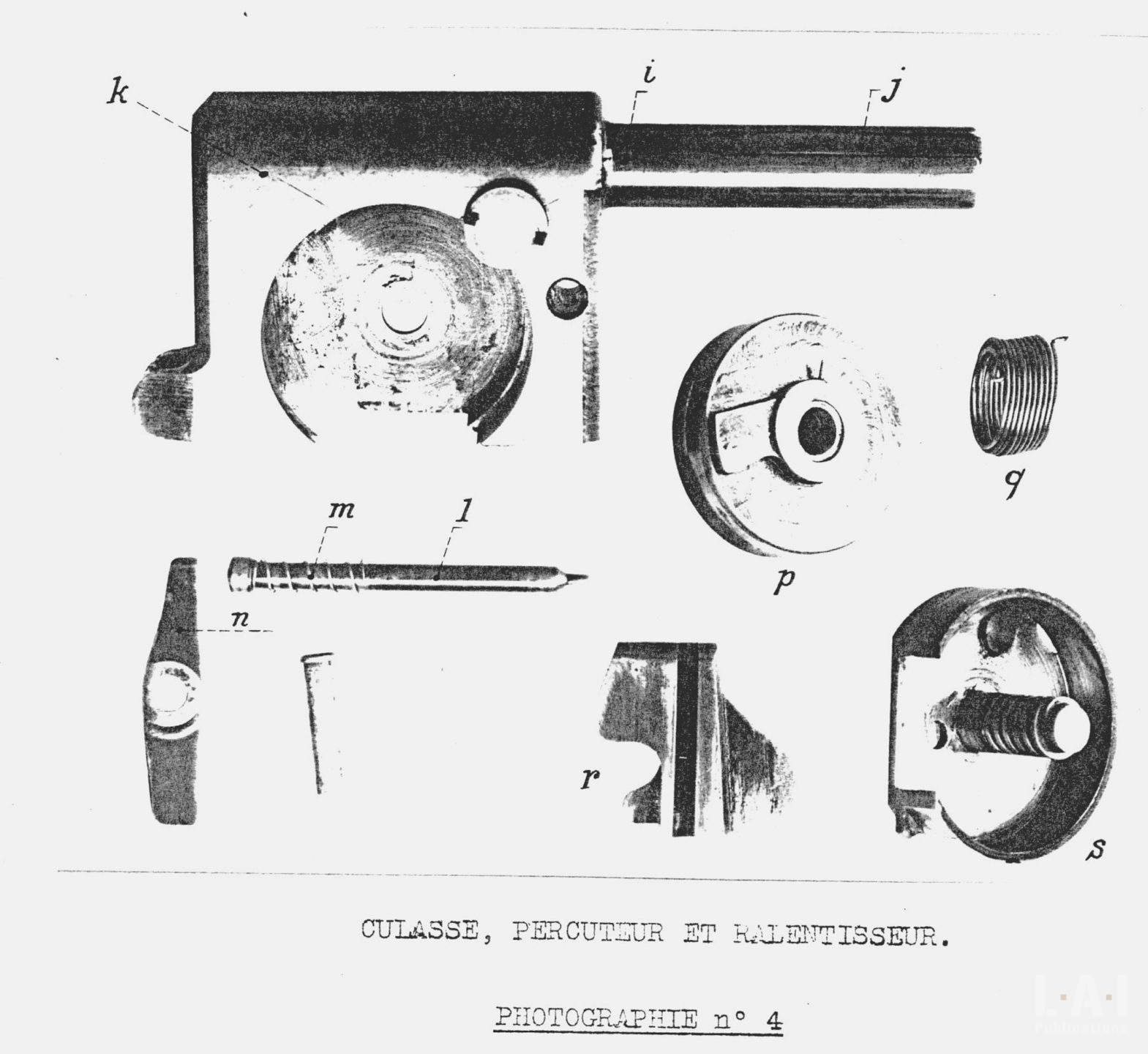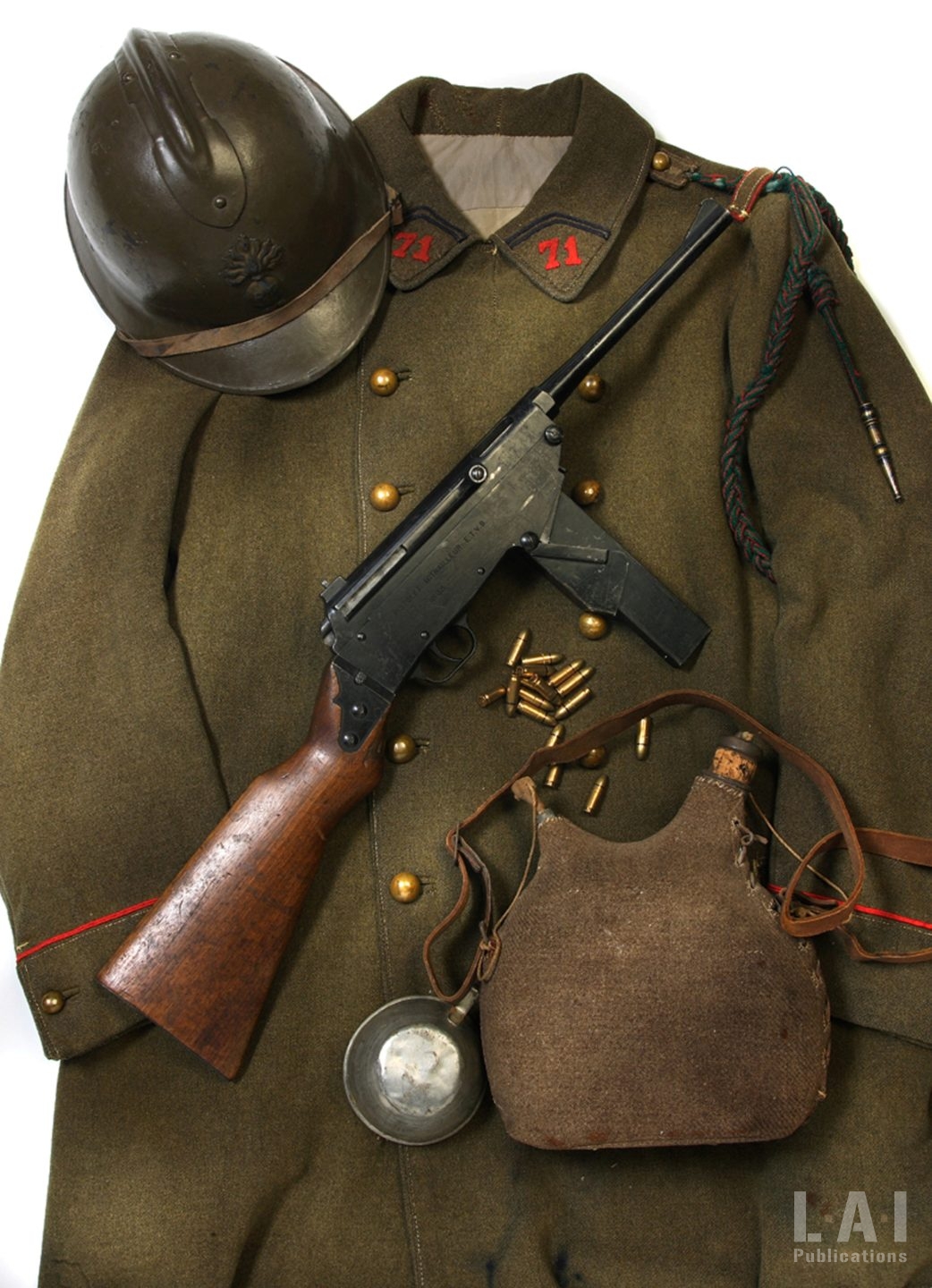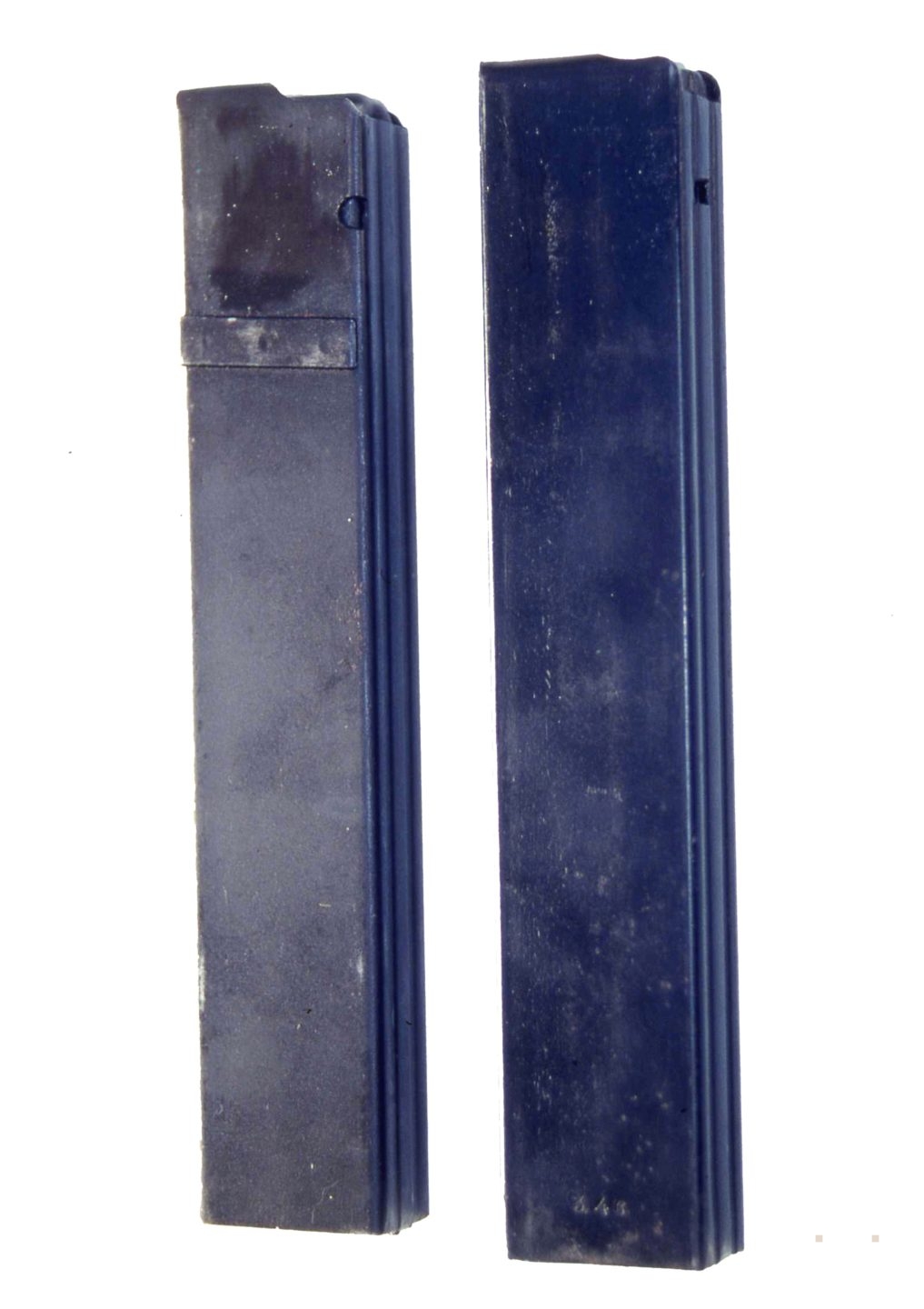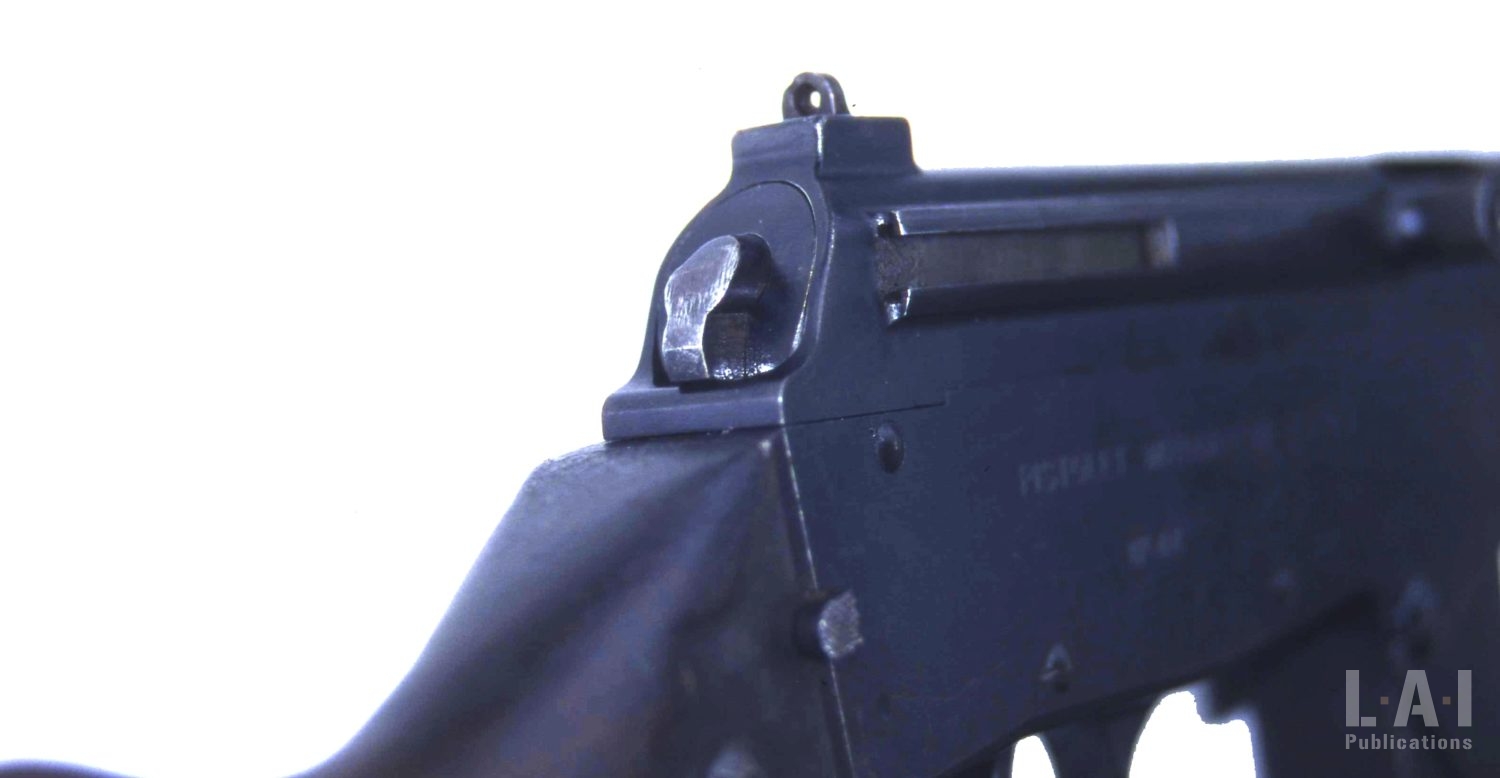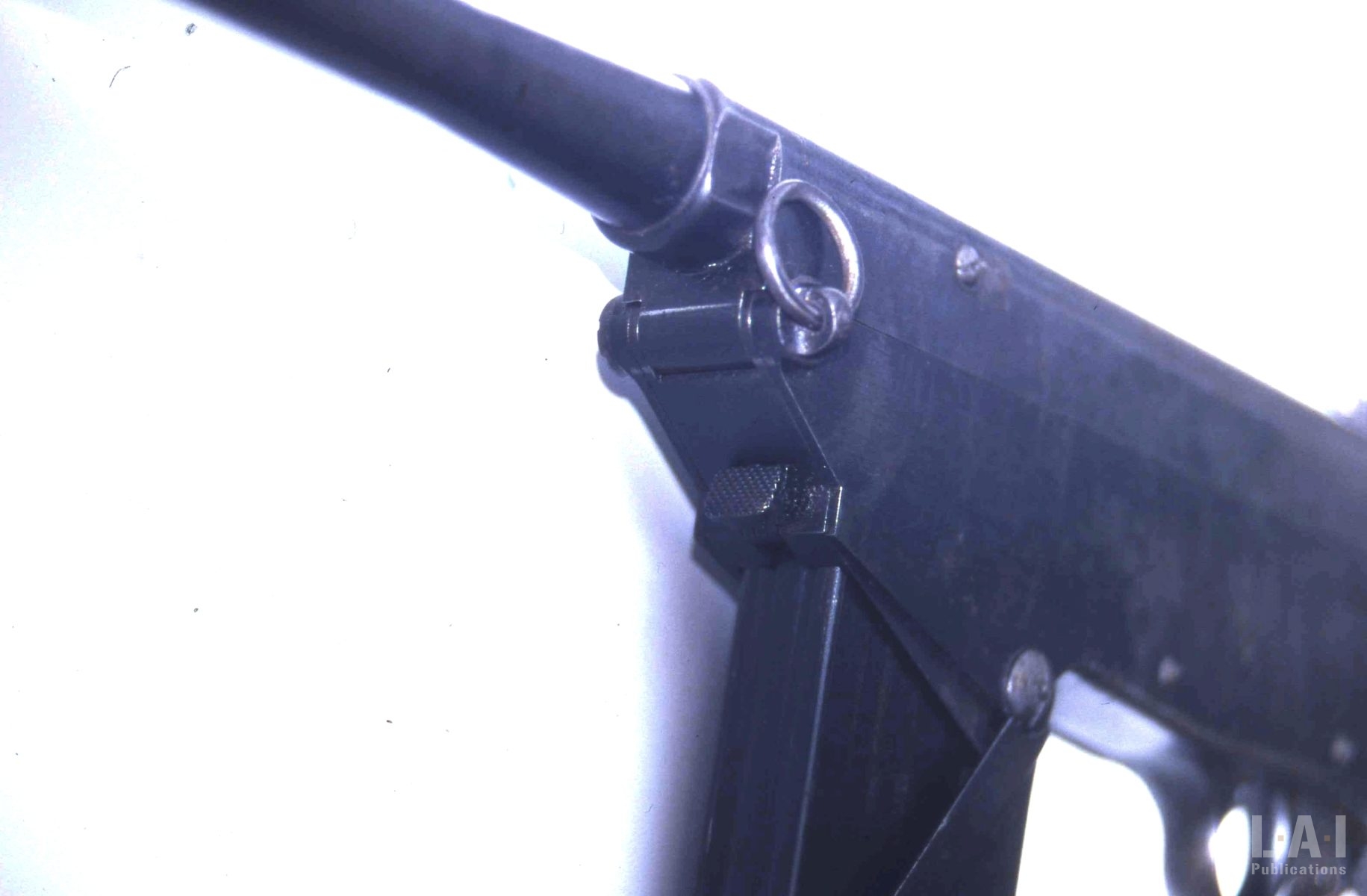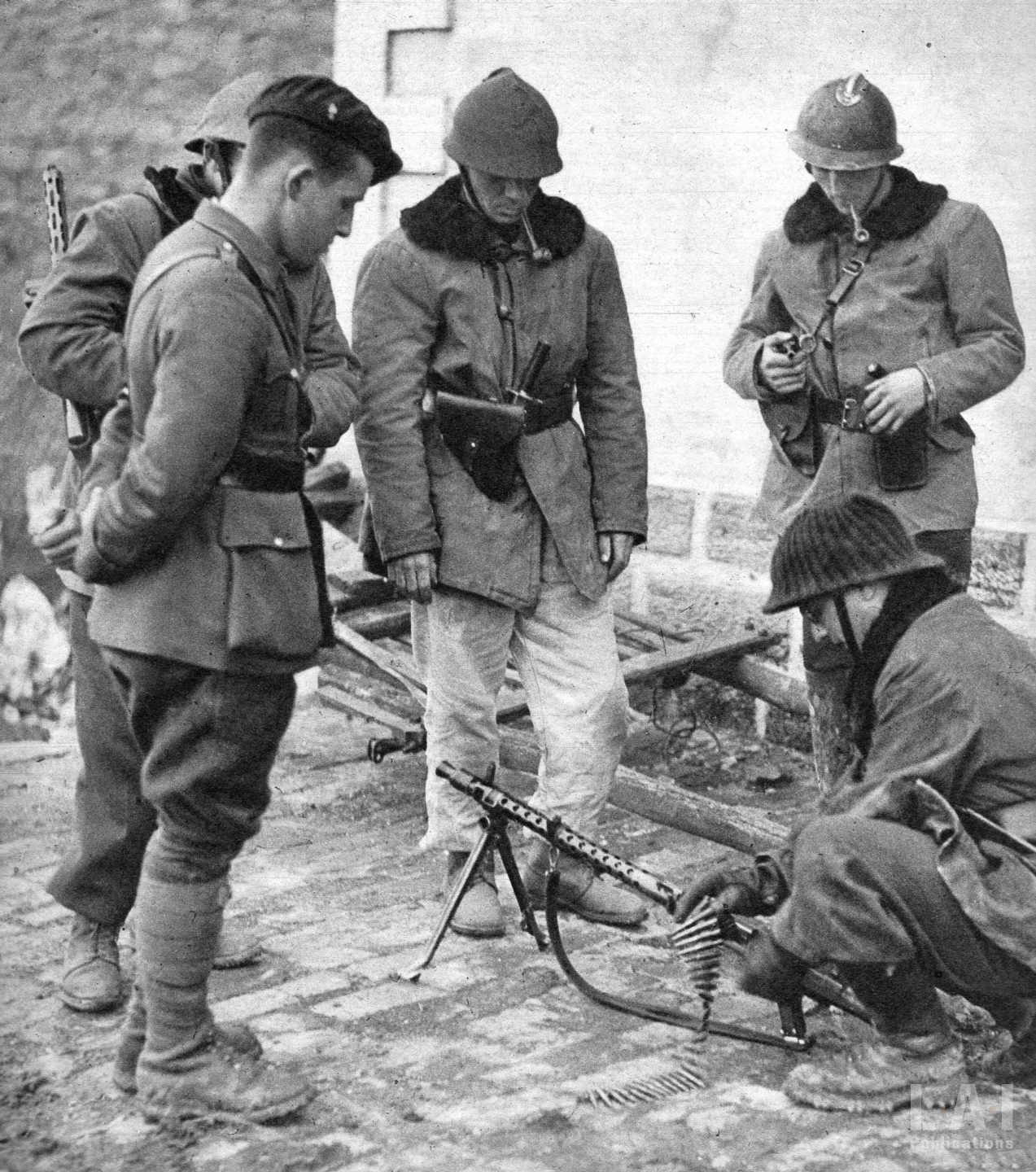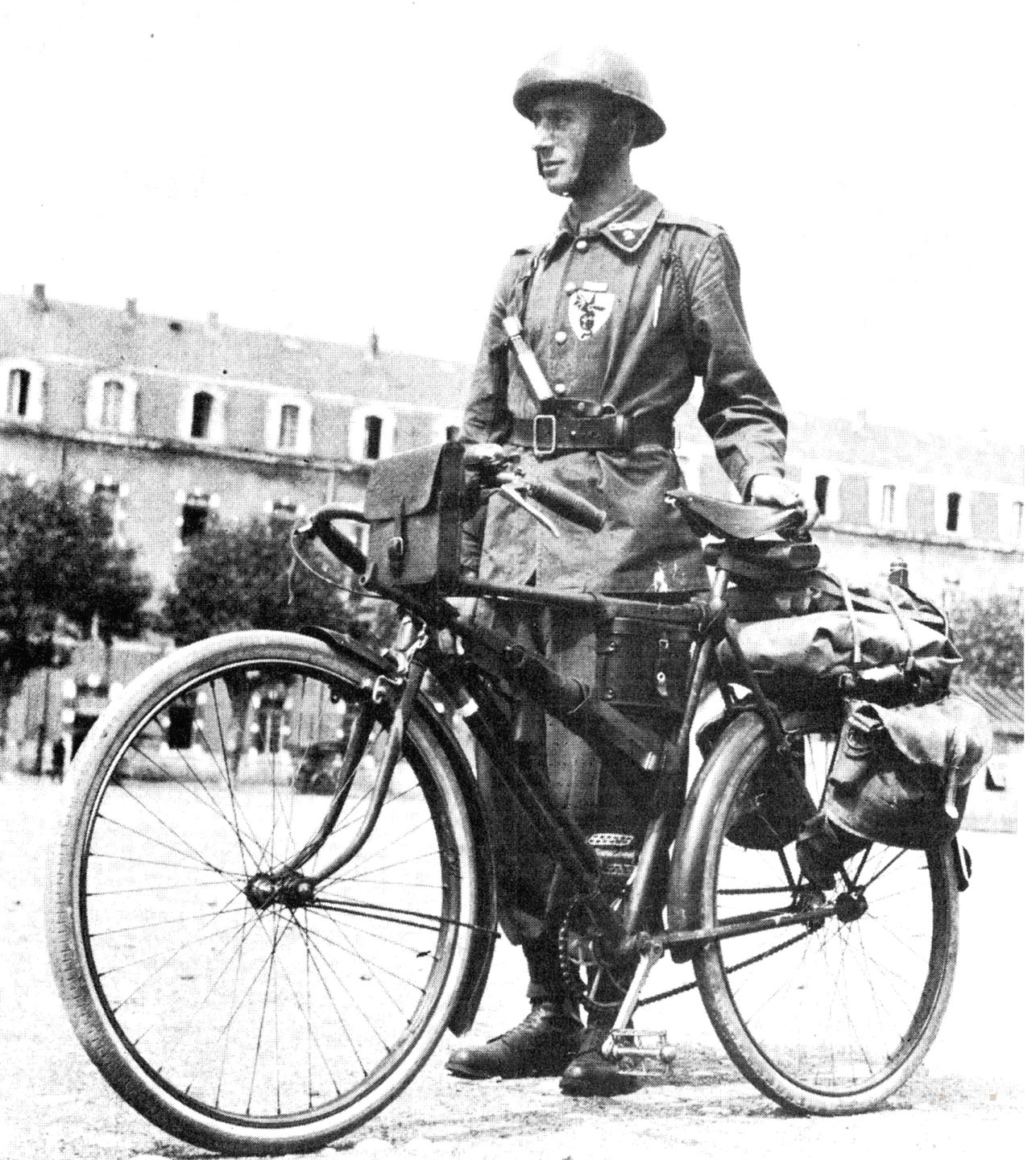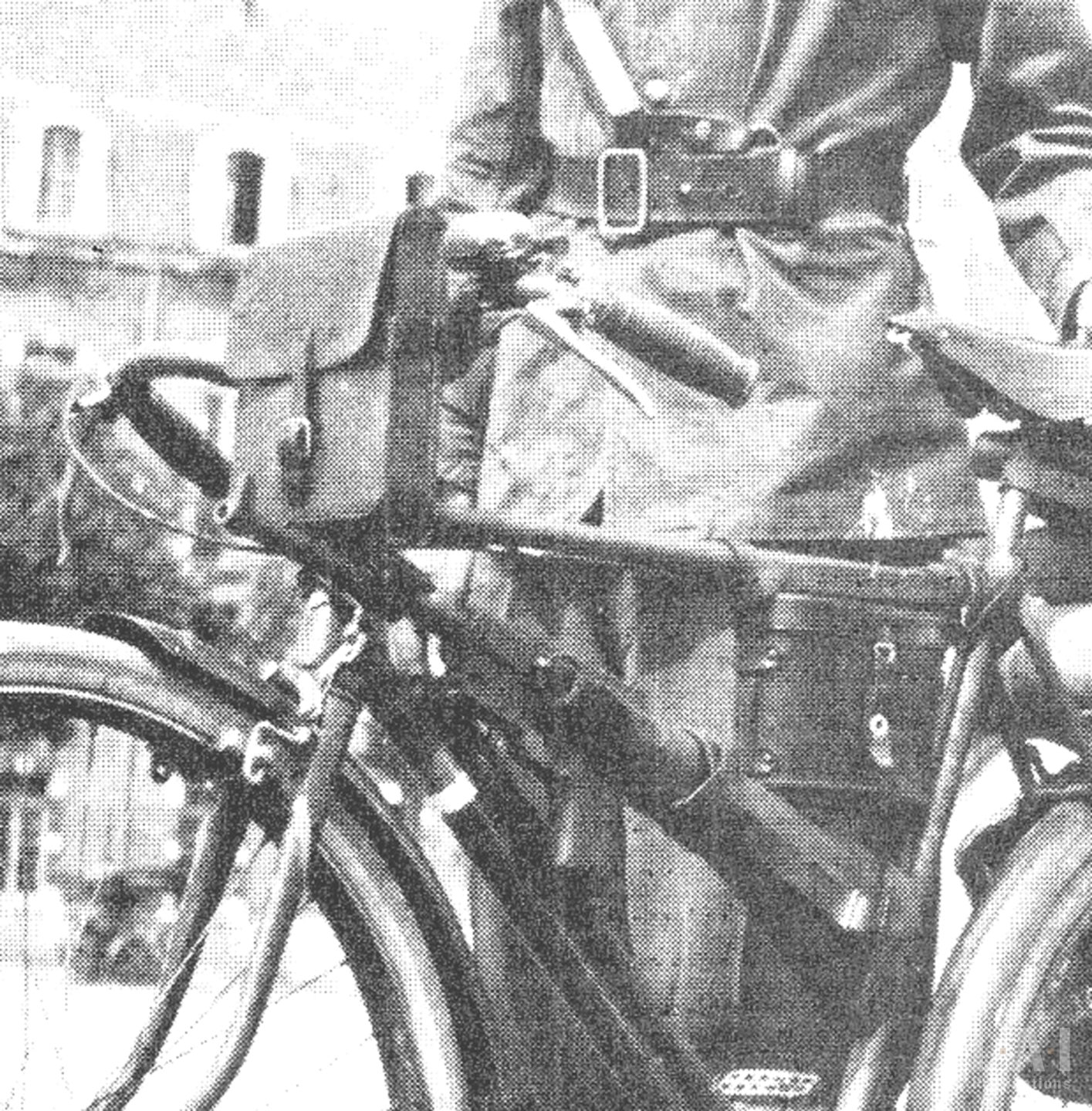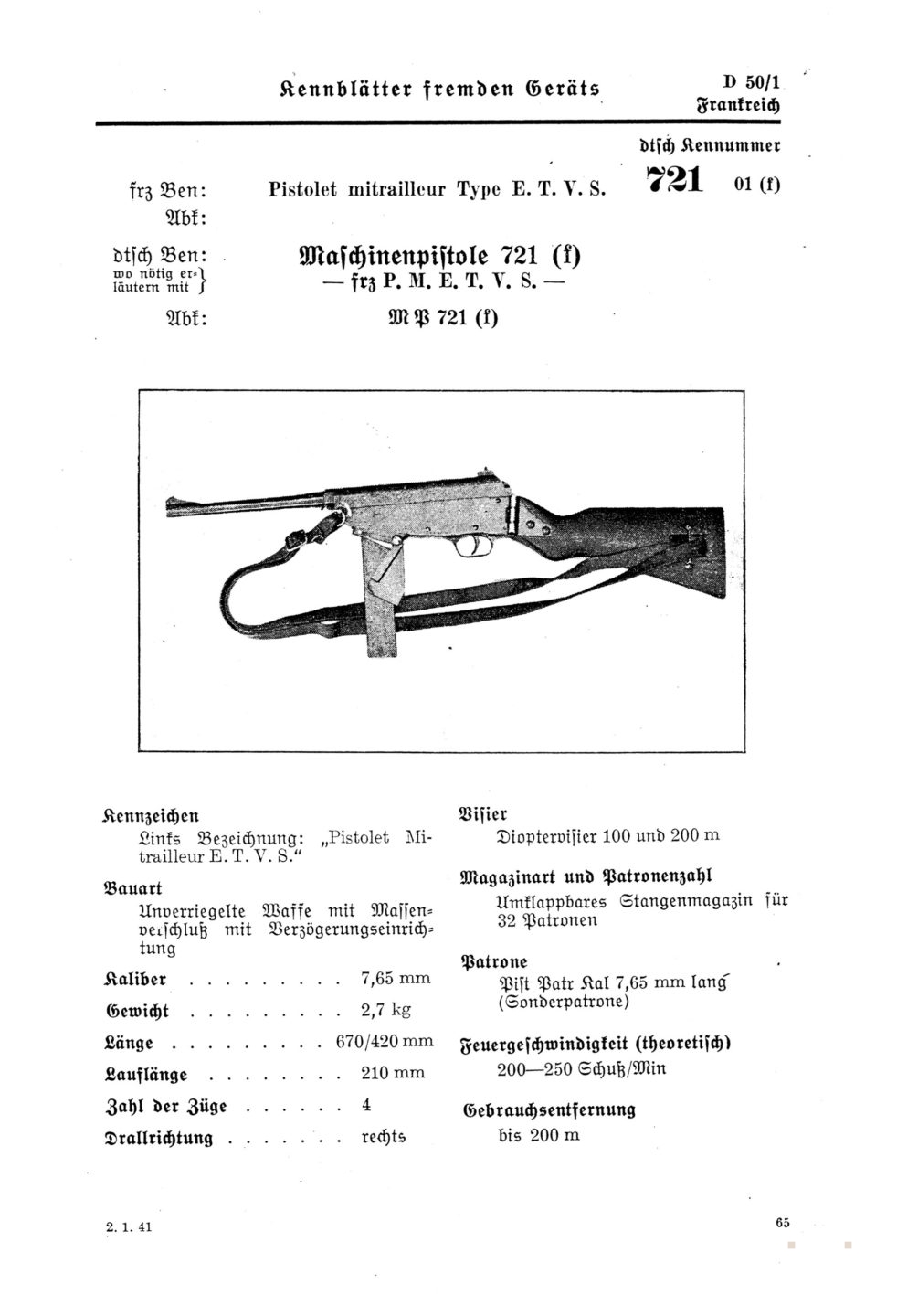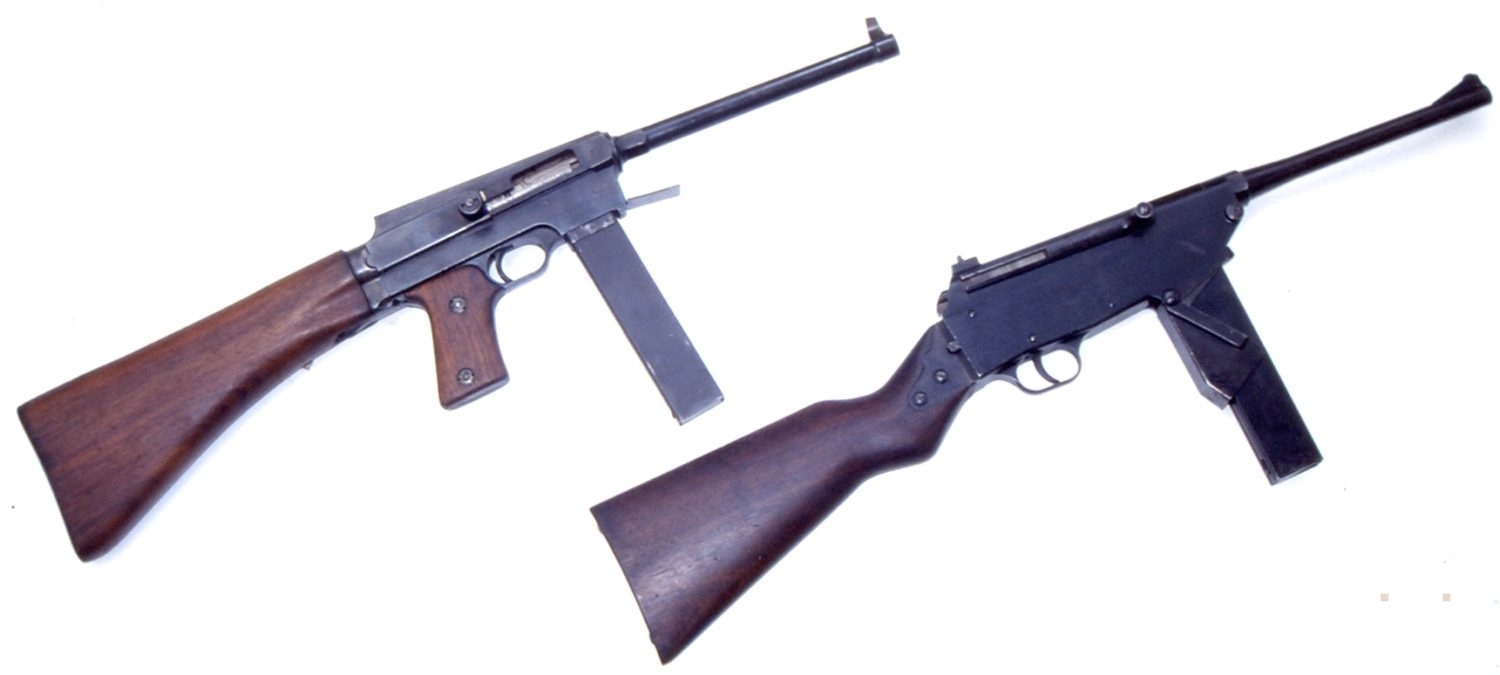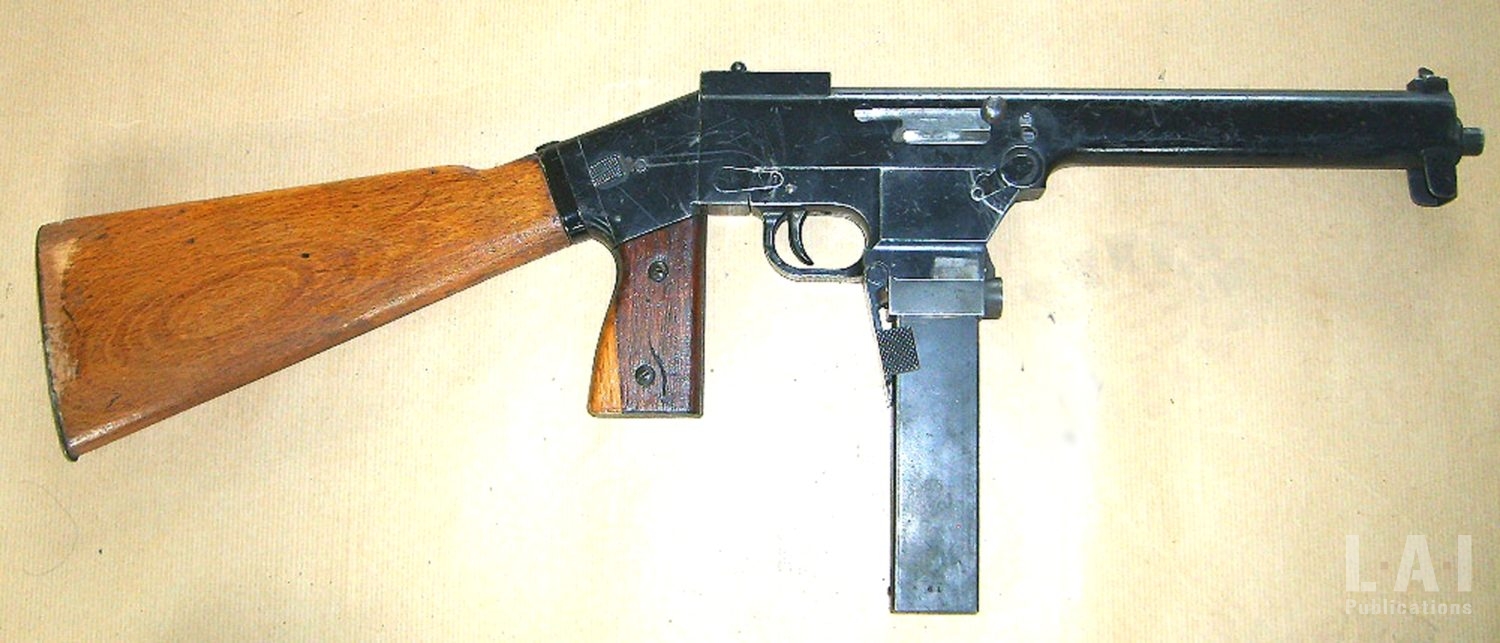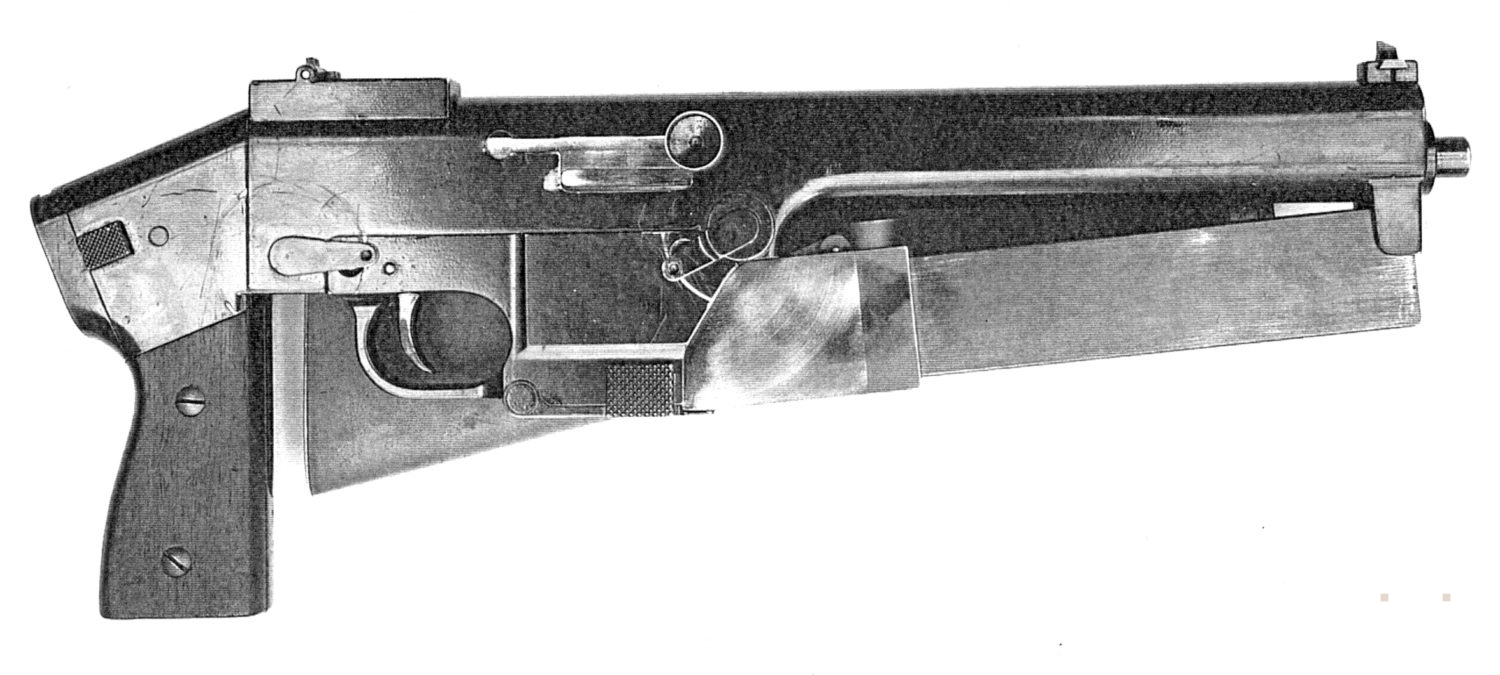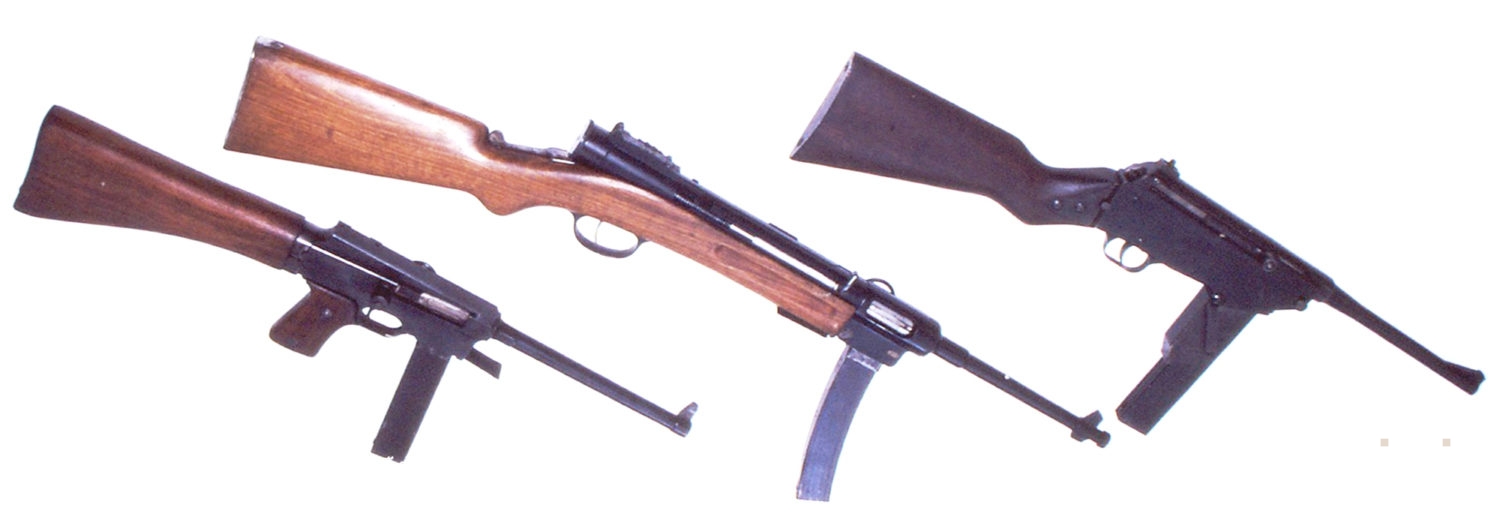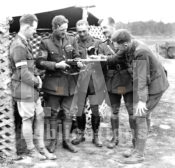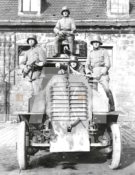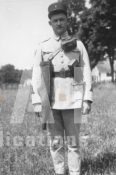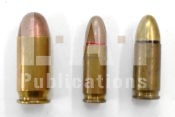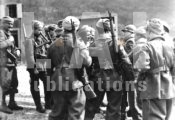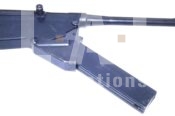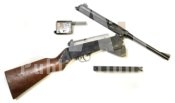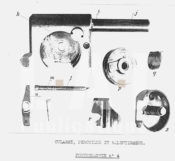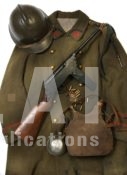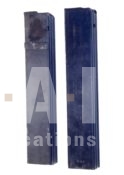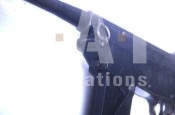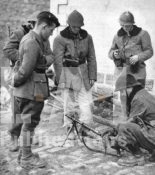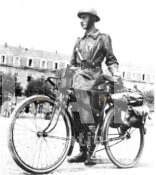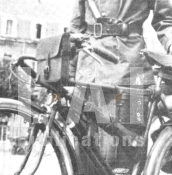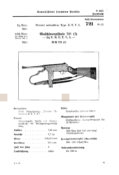ETVS submachine guns

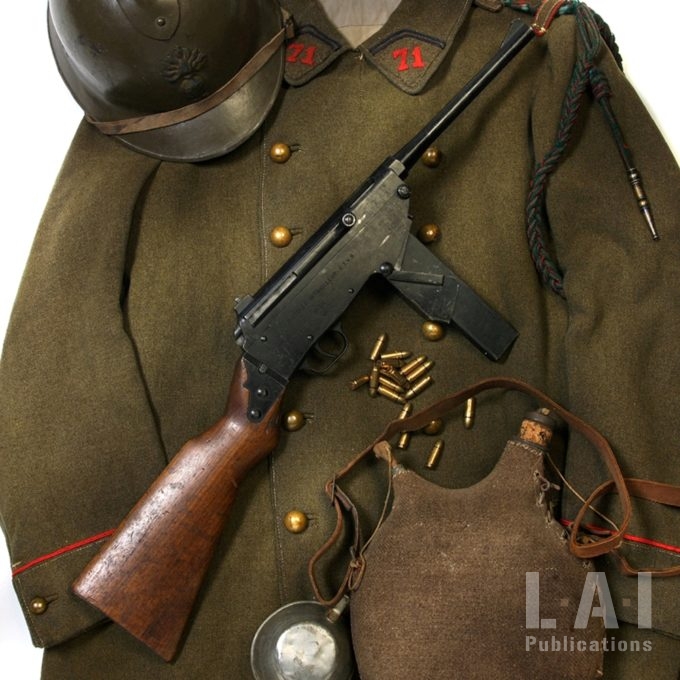
During the German summer offensives of 1918 (Friedensturm), the Allied forces had the inconvenience of being faced with German stormtroopers, equipped with a short and maneuverable weapon, who spewed 9mm bullets at the speed of a machine gun: the Bergmann MP18/I submachine gunSubMachine Gun More.
The 1921 Program
The memory of the terrible effectiveness of this weapon in close combat remained very present in the minds of the authors of the 1921 program, which defined the future French armament. Also, the characteristics of the future SMGSubMachine Gun More of the French army were strongly inspired by those of the Bergmann MP18/I.: (TN: we choose to be as close as possible to the original text for the following quotation, which is, even in French, form a language which is somewhat dated)
“The submachine gunSubMachine Gun More is a light weapon, with light ammunition, capable of providing at a short distance (200 m) a high density of fire.
- The weapon shall have the shape of a shortened carbine,
- Its weight shall be between 3 and 4 kg,
- Its ammunition must be the same as that of the pistol which shall be chosen as the model for the army. Pending the fact that this model has been adopted, the weapons to be presented shall fire the 9mm Parabellum cartridge,
- The weapon shall fire magazines of at least 25 rounds,
- Its normal firing mode shall be machine gun fire, a mechanism allowing shot-by-shot is not required,
- The rate of fire shall be 400-500 rounds per minute,
- The weapon shall be very rustic, very simple, well protected against mud,
- The principle of an unlocked breech weapon (TN: Blowback) is recommended because of its simplicity,
- The weapon fired from a rest at a distance of 100 meters must give a rectangle less than 70/70 (cm) in burst firing of 5 to 6 rounds and less than 100/100 (cm) in full magazine shooting,
- Accuracy while shooting without a rest shall be experimented with and will be taken into account in the assessment of the weapon,
- Rear sight shall include only the notches for 100 and 200 meters,
- To facilitate firing from a rest, the weapon must be equipped with a bipod. The presence of this bipod shall not interfere in any way when one wants to fire the weapon without a rest or from a rest, without using it.”
This document full of pragmatism, dated from May 11th, 1921, was written by soldiers still close to the realities of combat! Unfortunately, this program, written by experienced veterans, would be gradually modified, according to sometimes questionable criteria, until WWII.
In the years following the publication of the program, weapons of various origins, in 9mm Parabellum caliber, would be offered to the French Army, either by state establishments or by foreign manufacturers. The 1921 program stipulated that the proposed weapons should be established in 9mm Parabellum caliber “until the caliber of the future pistol of the French army has been chosen.” Only then should the SMGSubMachine Gun More be designed to fire the same ammunition.
The French Army adopts the 7.65 mm Long cartridge
As mentioned earlier, pending the final choice of this munition, it was decided that the SMGSubMachine Gun More prototypes would be chambered in 9mm Parabellum. Very large quantities of cartridges of this type captured from German troops were indeed available in French arsenals. Private inventors wishing to present a SMGSubMachine Gun More to the French Army could be assigned cartridges of this caliber by the Ministry of War in order to develop their prototypes.
There was no particular reason why France should choose to definitively adopt the 9mm Parabellum – which at that time was manufactured only in Germany – rather than any other cartridge. Several decades later, the 9mm Parabellum would become the most widely used handgun and SMGSubMachine Gun More cartridge in the world, but around 1920, it was only one among many other ammunitions.
Although a project to put the 9mm Parabellum into production was studied at the Valence cartridge factory, it was finally a 7.65mm caliber cartridge with a long case (therefore called “7.65mm Long”), derived from the American ammunition of .30 Pedersen that the headquarters decided upon in 1925.
This little-known cartridge was designed to power a device to transform the American Springfield 1903 service rifle into a self-loading weapon. It was more powerful than the 7.65mm Browning, commonly used during the Great War by the French Army in the Ruby, Star and Savage pistols, purchased in addition to the 1892 Model revolver.
The army’s technical services had experimented with the .30 Pedersen cartridge in 1922, studying a semi-automatic rifle, in this caliber, which John M. Browning had proposed to the French Army.
The choice of the 7.65mm Long ammunition has often been criticized in contemporary publications. However, this decision was based at the time on quite relevant arguments, summarised in this excerpt from an ETVS report:
“This choice was justified by performances almost identical to the 9mm Parabellum in terms of accuracy and perforation up to 600 meters for a lower weight of the 7.65mm Long (9.3g against 12.2g for the 9mm Parabellum cartridge). This weight difference makes it possible to increase by one third the supply of cartridges of 7.65mm compared to those of 9mm for a given weight.
On the other hand, because of the lesser reactions it imprints to the weapon, the 7.65mm cartridge reduces the weight of the pistol from 200 to 300 grams.”
Another advantage of this munition was that it could be quickly put back into production in the United States, while the 9mm Parabellum was not produced at that time either in this country or in France. The experience of WWI had convinced the French army of the need to be able to call upon the productive power of the American industry to supplement its own manufactures.
50,000 cartridges of .30 Pedersen were ordered from the USA to carry out the first tests. In order to differentiate it from the 7.65mm Browning, commonly used in France for the Ruby and Star service pistols, this cartridge was called “7.65mm Long”.
Its production did not begin in France until 1930, by the Société Française de Munitions (SFM).
The choice of this cartridge was also explained by a modification made to the characteristics initially planned for the future pistol of the French army by the 1921 program. Initially, the authors, influenced by the Lange Pistole 08 (also called “Artillery Luger” by some collectors) and C.96 from the program, thought about for a powerful and quite large weapon, with a caliber greater than 9mm, a magazine capacity of 15 cartridges and that could be equipped with a shoulder stock that is also a holster.
In 1927, this military specification was modified in favor of a lighter and less bulky pistol. The reduction in caliber, allowing the use of a lighter cartridge was consistent with this trend. A similar evolution emerged for the SMGSubMachine Gun More. The authors of the 1921 program had initially defined an assault weapon, as was the MP-18: a rustic submachine gunSubMachine Gun More, intended to storm enemy positions by drowning their defenders under a deluge of fire or to defend their own positions, by the same process.
Between WWI and WWII, French military thinkers saw in the SMGSubMachine Gun More a defense weapon, intended to arm NCOs and specialists who did not have to fight with a rifle. They had therefore changed the definition of the weapon by giving priority to the compactness and moderate weight of the weapon and its cartridges.
In addition, the modernization of the French Army, undertaken in the middle of the 1920s, was to lead to an increased motorization of the infantry, combined with the development of armored and airborne units. For these troops, the choice of a SMGSubMachine Gun More that could be transported under a compact volume was necessary.
In 1933, the selection criteria contained in the 1921 armament program were supplemented by two new requirements: SMGs should hence forth be equipped with a folding stock and a folding magazine. The prototypes developed by the MAS for years did not meet these criteria, but two new weapons recently developed had the desired characteristics:
- The ETVS SMGSubMachine Gun More, based on the CEV SMGSubMachine Gun More,
- The Petter SMGSubMachine Gun More,
Both fully met the expectations of the Headquarters.
CEV and ETVS Submachine GunSubMachine Gun More
Within the Technical Establishment of Versailles (Établissement Technique de Versailles – ETVS) operated a commission of experiments (Commission d’Expériences de Versailles – CEV) that also came to develop its own SMGSubMachine Gun More, which did not pass the tests carried out in 1936, because of its too high cyclic-rate which compromised the stability of the weapon during prolonged fire, a stability that the pneumatic buffer integrated to the weapon was unable to reduce.
The ETVS quickly developed a new SMGSubMachine Gun More with a folding stock and magazine. Two prototypes of this weapon were built within the establishment. They were tested in 1937, the first by the ETVS itself, the second by the Infantry Study Commission (Commission d’Étude de l’Infanterie – CEI) with the Petter SMGSubMachine Gun More and the MAS model 1935 SE SMGSubMachine Gun More. However, because it did not have neither a folding stock nor a folding magazine, the MAS SE-1935 did not meet the 1933 criteria specifications and thus served in the tests only as a comparator weapon.
67cm long once the stock was deployed and 42cm stock folded, the ETVS SMGSubMachine Gun More was equipped with an ingenious bolt, inside which was integrated a recoil retarder operated by a flywheel. This design made it possible to create a short and light weapon. Thanks to the low power of the 7.65mm Long ammunition and the efficiency of the recoil retarder that maintained the rate of fire around 600 rounds per minute, the designers of the ETVS had been able to dispense with equipping the weapon with a heavy and bulky bolt and limit the stroke of this breech during its recoil. Returning to the closing position, the bolt operated a percussion lever, which triggered the percussion of the cartridge present in the chamber. With its percussion lever controlled by the closing of the bolt and its cylindrical front part, the bolt of the ETVS SMGSubMachine Gun More is not devoid of analogies with that of the Thompson SMGSubMachine Gun More, which the technical establishment of Versailles had tested several examples between 1921 and 1927. On the bolt of the ETVS, the opening delay is ensured by a retarder activated by a balance spring and not by an oblique lug of the Blish type, as on the Thompson SMGSubMachine Gun More.
The ETVS entrusted the Manufacture Nationale d’Armes de Châtellerault (MAC) with the task of making ten copies of pre-series of the ETVS SMGSubMachine Gun More. The barrels, as well as the magazines, which were of the MAS 35 type, slightly modified, were supplied by the Manufacture Nationale d’Armes de Saint-Étienne (MAS).
Faced with the promising result of the tests, on March 14th, 1937, the Direction des Études et Fabrications d’Armement (DEFA) ordered the MAC to manufacture forty additional ETVS SMGSubMachine Gun More. This commission was not actually completed until 1939. In addition to the tests carried out by the ETVS and the CEI, it had been planned to have some weapons from the pre-series of ten samples tested by the ETVS by the “formations of the Air Ministry”: in other words, the first units of paratroopers, then being constituted in France.
By ministerial decision of June 30th, 1938, the MAS was commissioned to build 600 magazines and 58 barrels of ETVS SMGSubMachine Gun More. These magazines were made with the tools used by the MAS to manufacture the MAS SE-35 SMGSubMachine Gun More magazines.
The adoption of the Petter SMGSubMachine Gun More in 1939 and the choice to urgently put into production an improved version of the SMGSubMachine Gun More model 1935 (which gave birth to the MAS 38 SMGSubMachine Gun More) of the MAS would end the career of the ETVS, which was nevertheless a very interesting and well-designed weapon. It should be noted that although officially adopted, the SMGSubMachine Gun More Petter, an ingenious weapon, was never mass-produced because of the declaration of war on September 3rd, 1939.
Strangely, one of the foreign material identification sheets (Kennblätter Fremdengeräts) published by the Wehrmacht, presents the ETVS SMGSubMachine Gun More under the designation “Maschinenpistole 721(f)”. Given the small number of ETVS SMGSubMachine Gun More manufactured, the small number of magazines available and the specificity of its ammunition, it is highly unlikely that the German army has put the ETVS back into service. No doubt, the copies seized after the defeat of May 1940 simply joined a technical collection of the Waffenamt for possible study.
Conclusion
Constant changes in the study programs and the lack of will to quickly complete a submachine gunSubMachine Gun More project in an army still convinced that only the rifle and the submachine gunSubMachine Gun More were “serious” weapons, led in 1939, to adopt emergency solutions to provide SMGs to French soldiers: the accelerated production of the industrial version of the MAS SE-1935 SMGSubMachine Gun More: the MAS 38, the order of Thompson model 1921 SMGs to the United States (which arrived in France too late to participate in the fighting of 1940) and the commissioning of Erma-Vollmer SMGs seized from the troops of the Spanish Republic when they took refuge in France in 1939. This prolonged indecision and the questionable adoption of the 7.65mm Long cartridge unfortunately deprived the French Army of an excellent SMGSubMachine Gun More, whose development had been completed since 1925: the STA SMGSubMachine Gun More.
Luc Guillou and Hervé Matous
This is free access work: the only way to support us is to share this content and subscribe. In addition to a full access to our production, subscription is a wonderful way to support our approach, from enthusiasts to enthusiasts!


